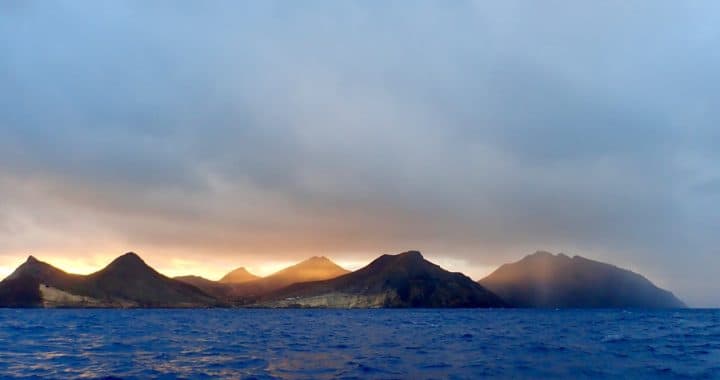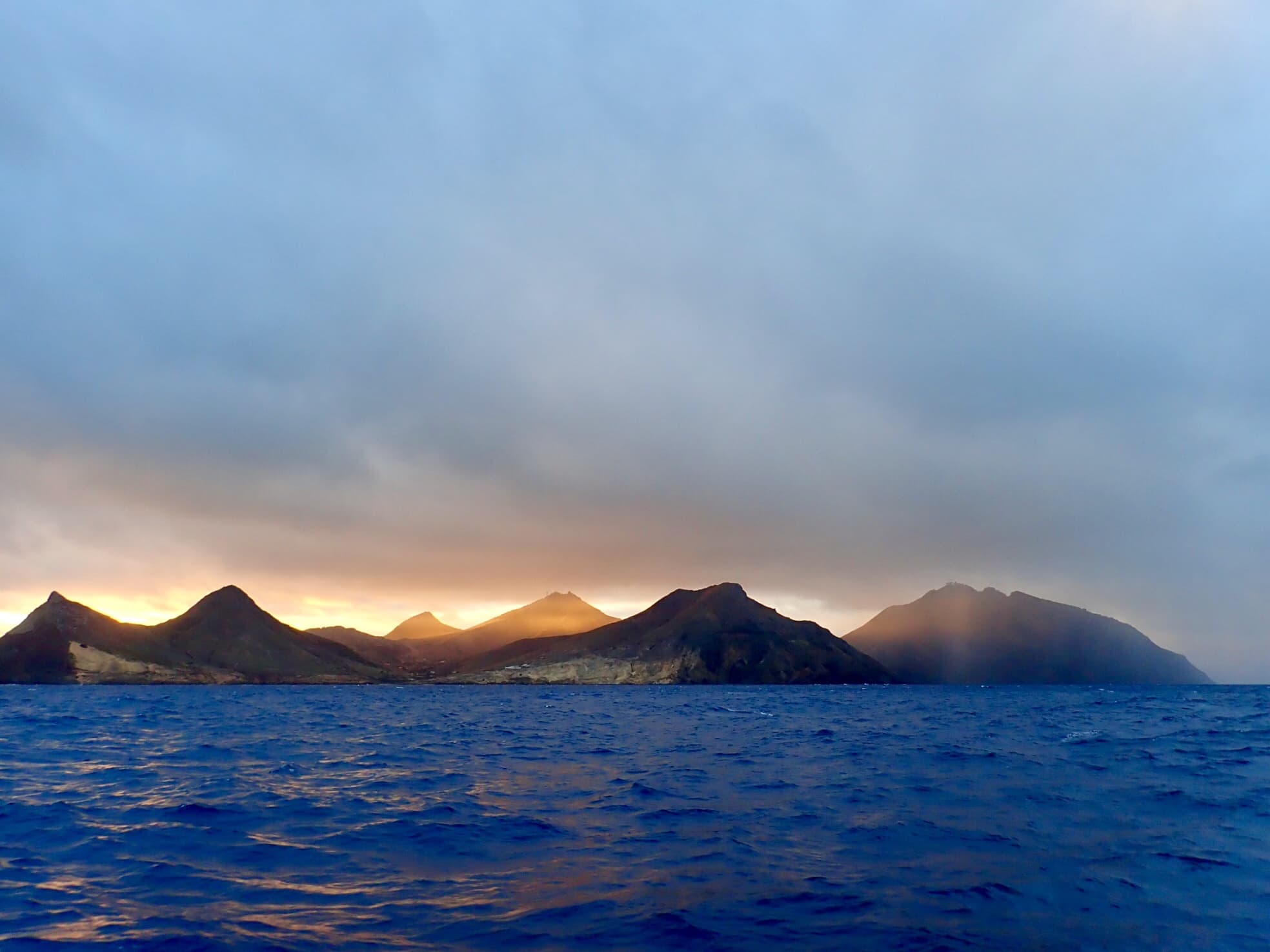
The arrival was dramatic. The evening sky was rapidly being occluded by an approaching squall that was overtaking us. The sunlit cliffs of Santos Island created a forbidding back drop to the rolling swell, white caps and slowly increasing wind speed as we raced ahead of the squall to our destination. The combination of a spectacular sunset, deteriorating weather and anticipation of landfall just made everything that much more exciting. As we rounded the sheer cliffs at the eastern end of Santos island the seas gradually became calmer and we enjoyed the last few miles to Porto Santos harbour watching the spectacular sunset slowly being swept aside by the large squall that would soon envelope the island. The first raindrops didn’t reach us until we started to drop the anchor, but within the few minutes the well rehearsed maneuvering and setting of the anchor bridle takes, we got drenched. No problem, Oh!, had completed the the 500 nmi passage in just over 3 days and we could dry off, enjoy a nice dinner and a calm nights sleep inside the well protected man made harbour. We would do the clearance procedures in the morning.
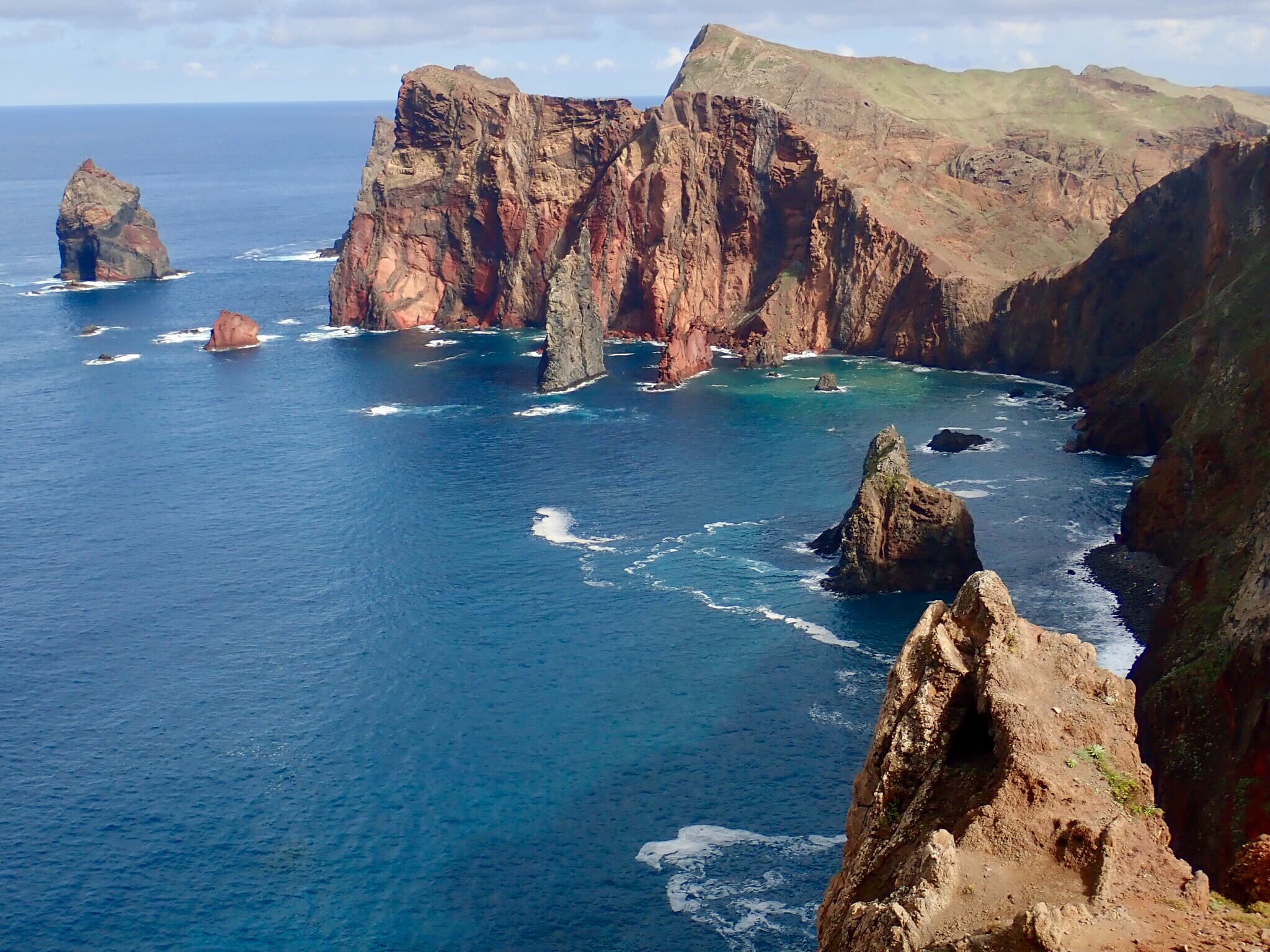
We had 6 days before our guests would arrive in Funchal, the capital on the much larger main island of Madeira, so we decided to spend 5 days on Santos before making the 25 nmi. sail to Madeira island. Santos is starkly different to the Azores and the island of Madeira. Like Antiqua, St. Martin and the BVI; Santos is too low to capture rain from the clouds on a consistent basis and therefore it is essentially desert like. Dry grasses, rugged cliffs and volcanic gravels are dominant.
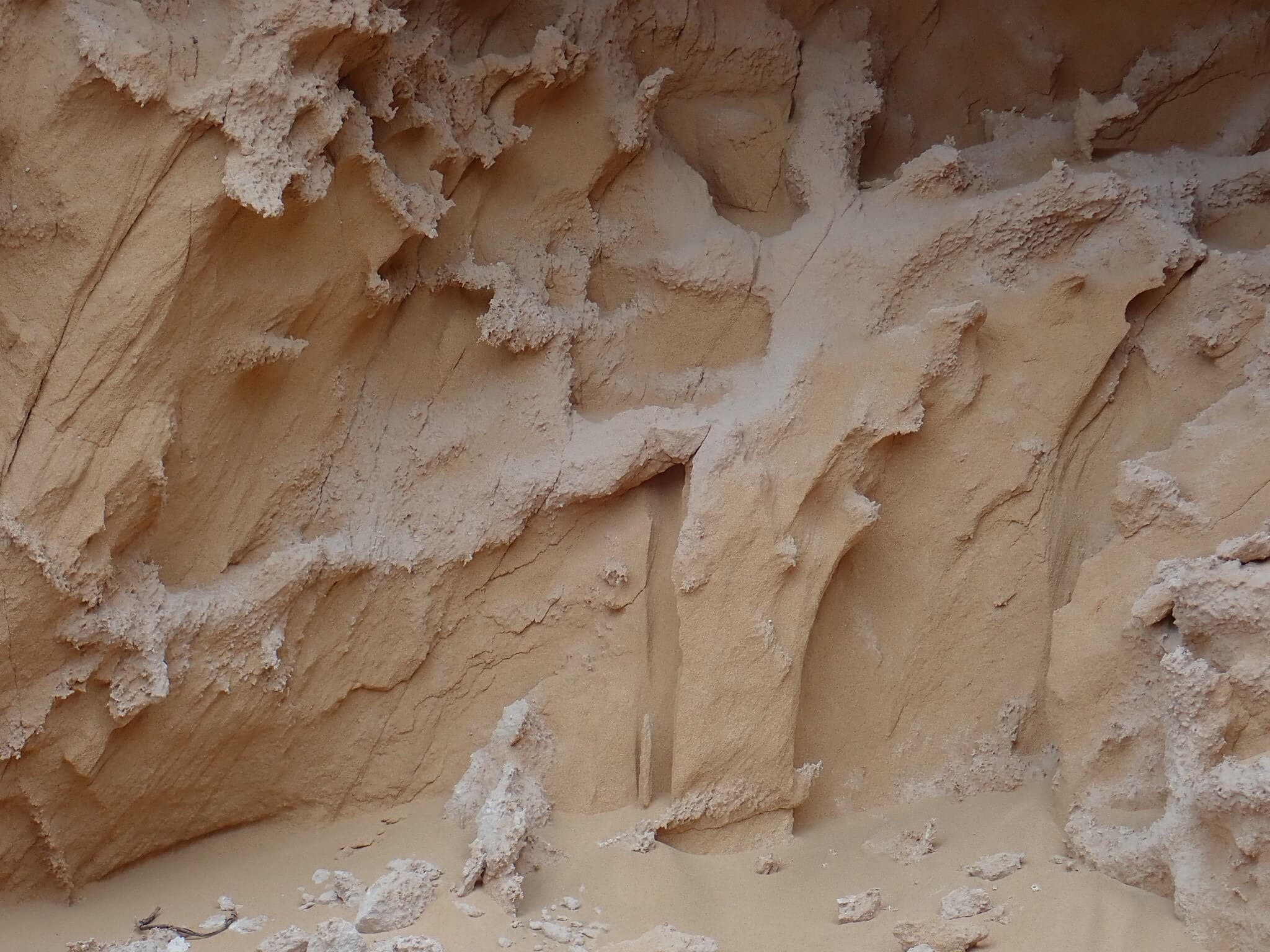
Evidence of its long ago past as a shield volcano was everywhere and stood out clearly with the sparse vegetation. The dramatic scars of erosion from fast running water along the hills sides seemed so out of place for such a dry island, it was clear Santos was not always dry. At times during storms they must get some pretty intense but intermittent rainfall.
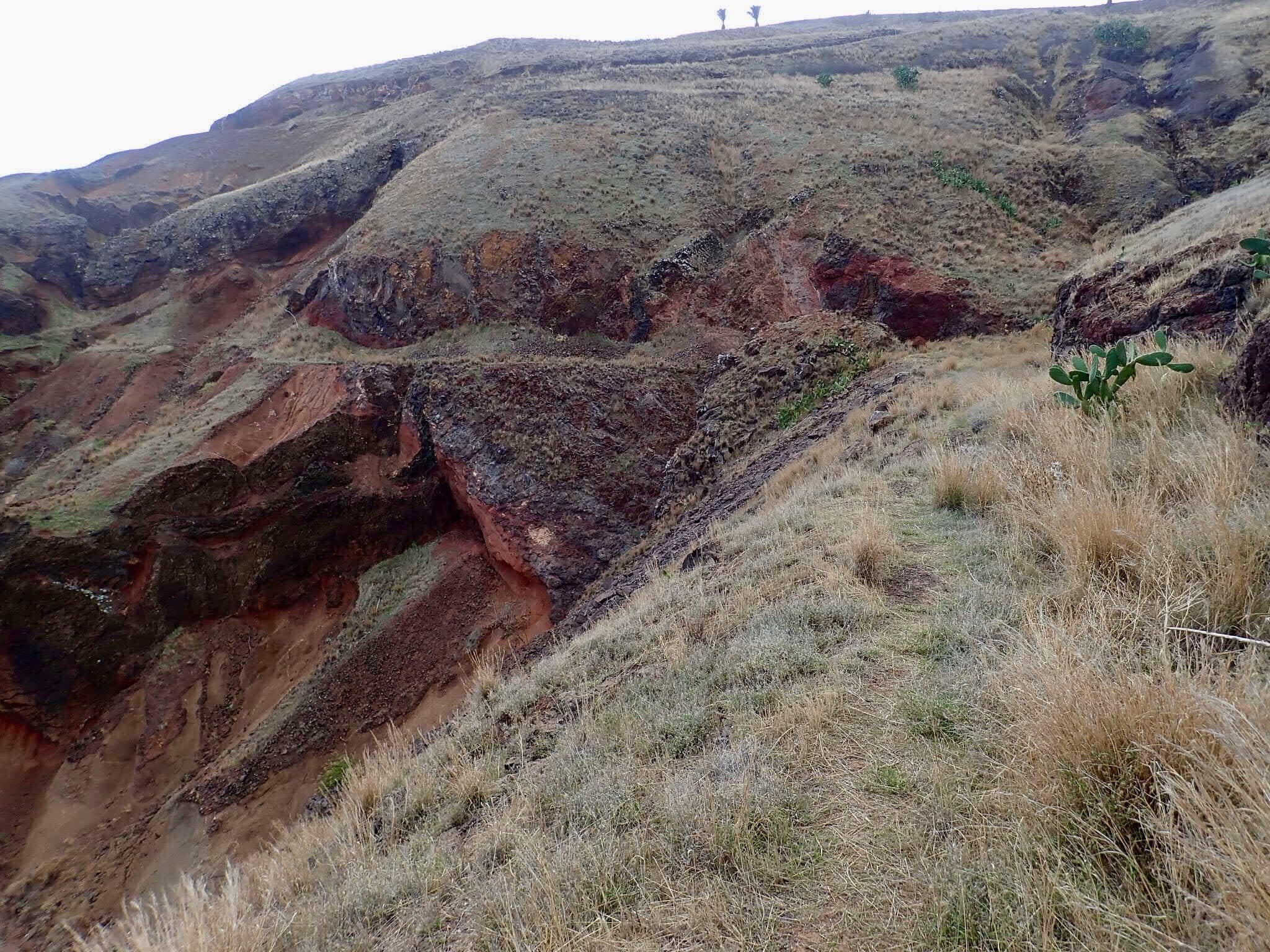
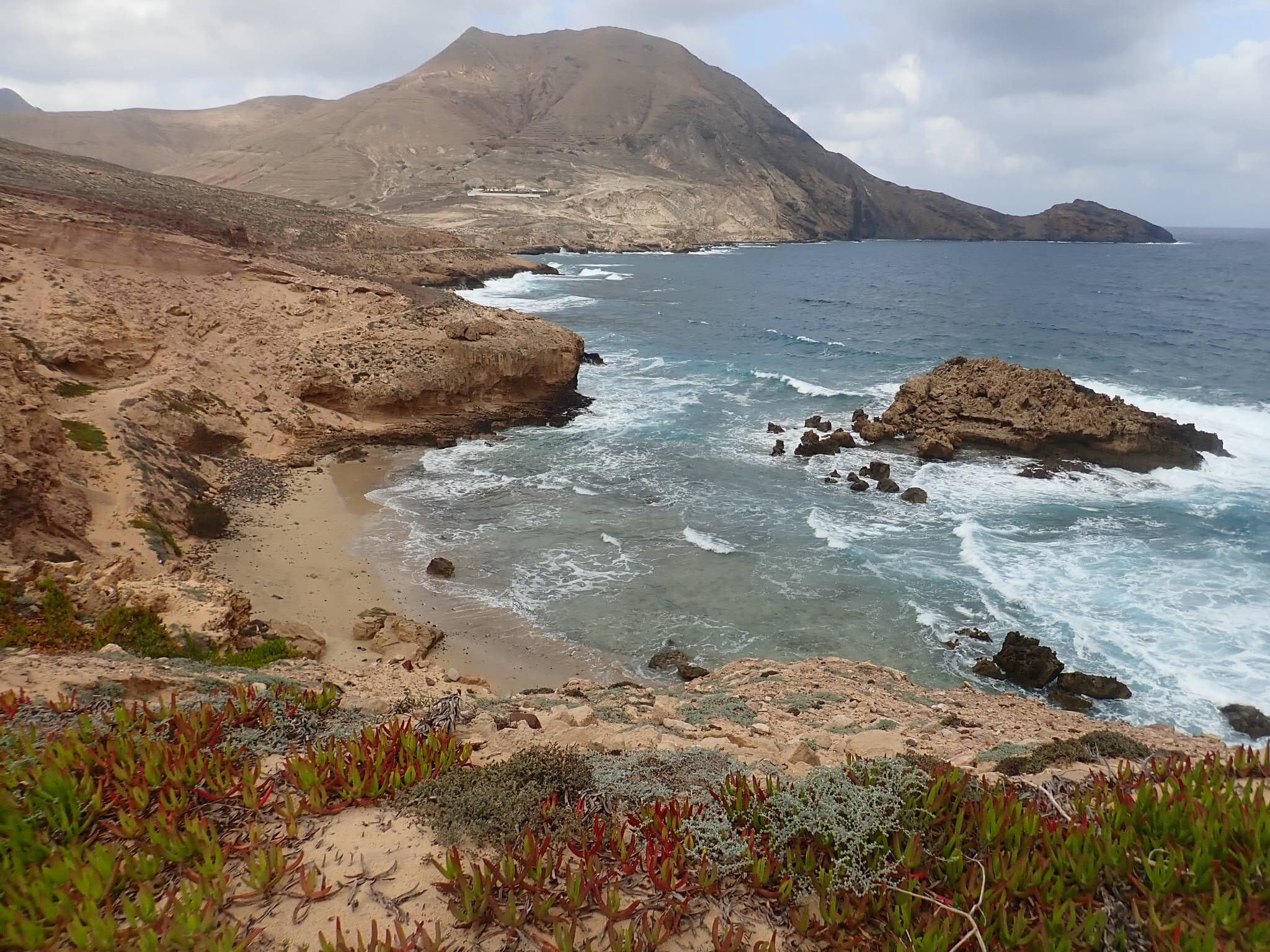
We are visiting Santos at the end of the tourist season, it is quiet and almost deserted. There are less than 5000 permanent residents, but it swells to over 25,000 during the height of the summer. There were a lot of boarded up summer homes and seasonal beach bars, cafes and restaurants that were closed for the season. That suited us just fine. We spent our time getting some long awaited “to do’s” done; some interior refinishing of wood trim, sewing the port canvas covers, inspecting and patching sails and cleaning up Oh! for the arrival of Tim and Greg. Our visit wasn’t all work though, a good hike, some wonderful walks into town, a dinner with our friend Sergio (who is from the Canary Islands) and meeting new friends Kikuyo and Hiroshi from Japan also filled our days. It was fascinating listening to them explain how Japan managed to create a phonetic set of 50 Japanese characters that allows them to represent greater than 20,000 characters in their language to be used on computers. The Japanese hazelnut and Green Tea Kit Kat’s they shared were a big hit too!

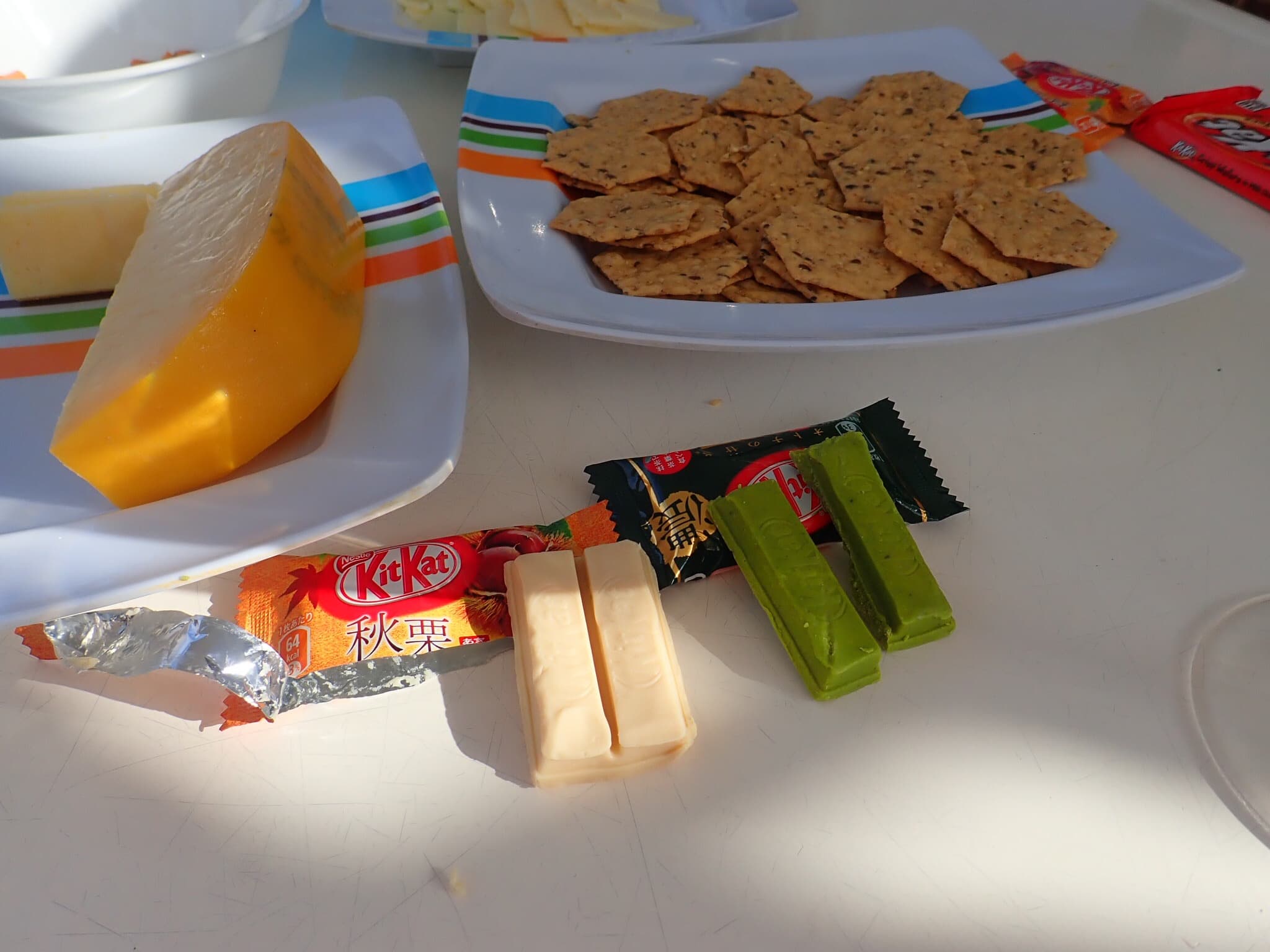
The dramatic arrival was just a sampling of the next two weeks in the Madeira’s Islands. We were still in Portugal, and the Madeira’s have the same atmosphere as the Azores, only more up scale. There is a greater sense of prosperity in the Madeira’s, plus the scale of public works is huge. Jaw dropping is an appropriate description. The most dramatic of which are the road networks and airport. From the mid 1990’s through 2005 there was a massive infrastructure investment from the European community and the Madeira’s highway system was built. There are miles upon miles of twinned tunnels cutting through the mountainous terrain, connected by impressive bridges across the steep ravines. Coming from Canada, where this scale of construction over a small distance does not exist, the road network left us constantly in awe.
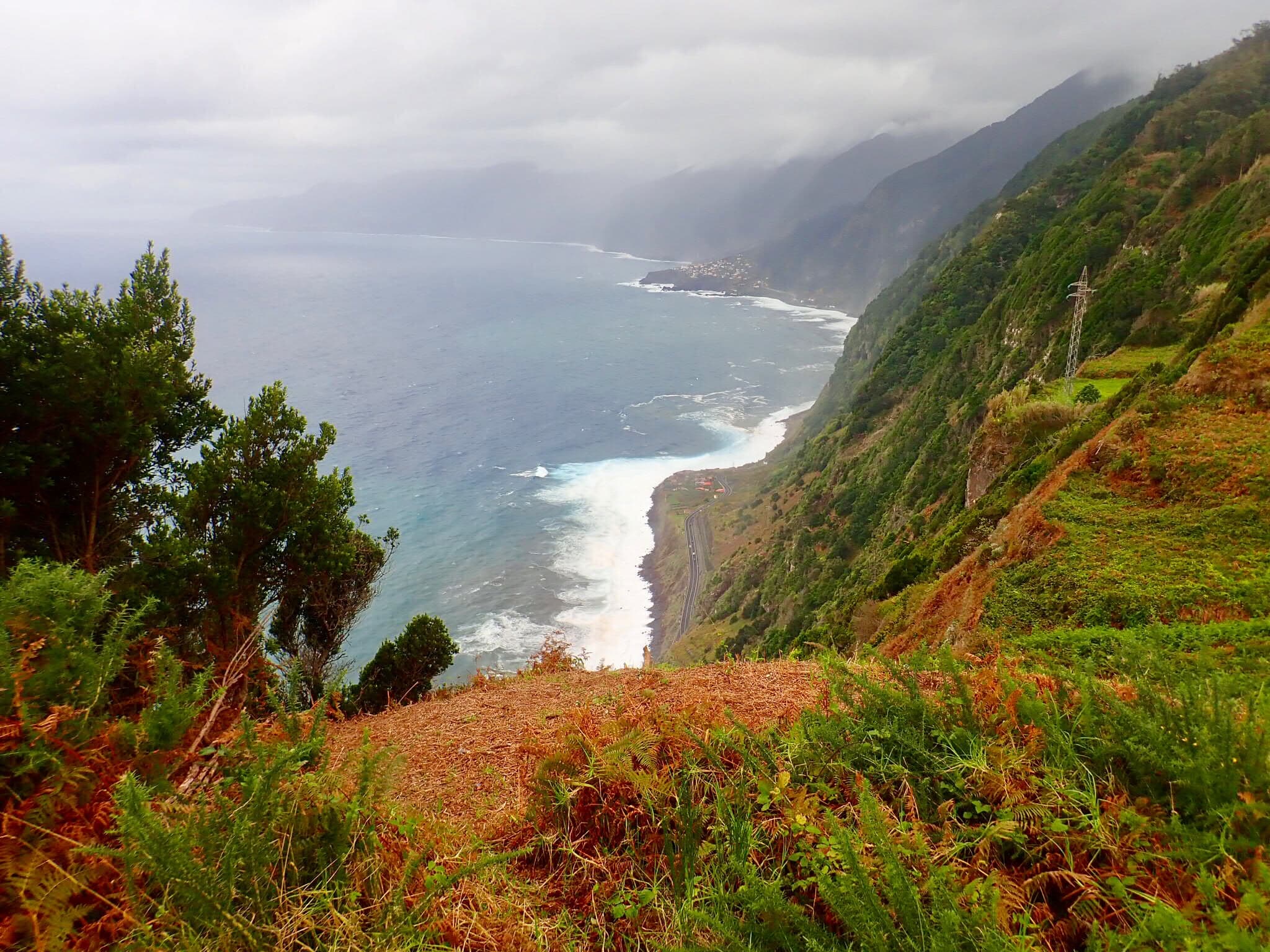
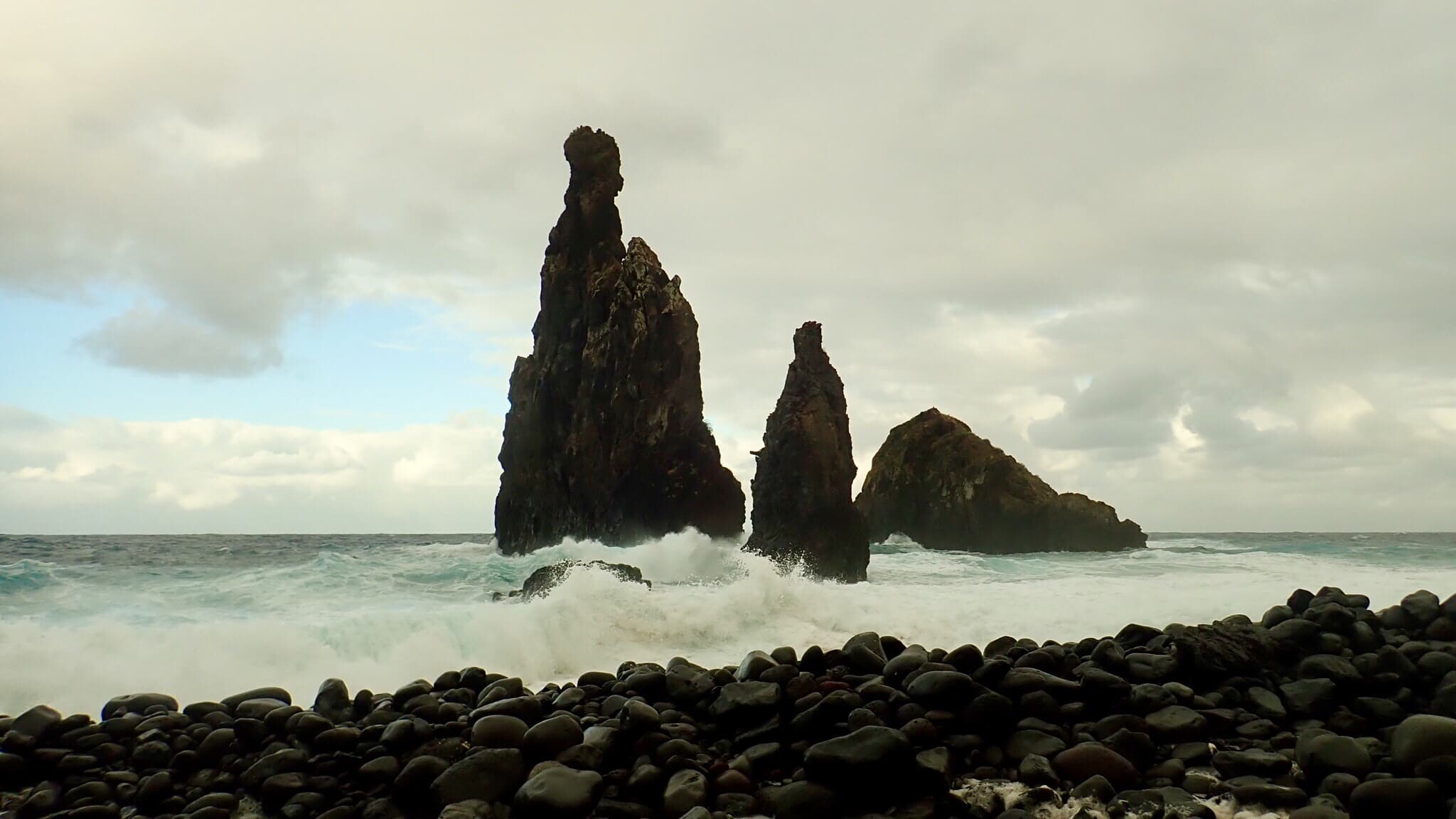
When we weren’t in awe of the man made alterations to Madeira, we were in awe of nature’s creations. Massive cliffs, offshore spires, deep ravines and towering waterfalls are just the obvious eye candy. Garnish that with flora that runs the full breadth of the spectrum from wind swept alpine summits to lush rain forests and dry succulents, surrounded by crystal clear waters and Madeira was a treat to tour. At times the seas reflected the grey of the cloud filled skies and the shores where a mass of foaming white water as waves crashed against cliffs and on the shores. During heavy rainfalls the seas would turn reddish brown from the sand and silt that poured into them from rivers, then quickly return to sparkling blue clear waters when the sun returned.
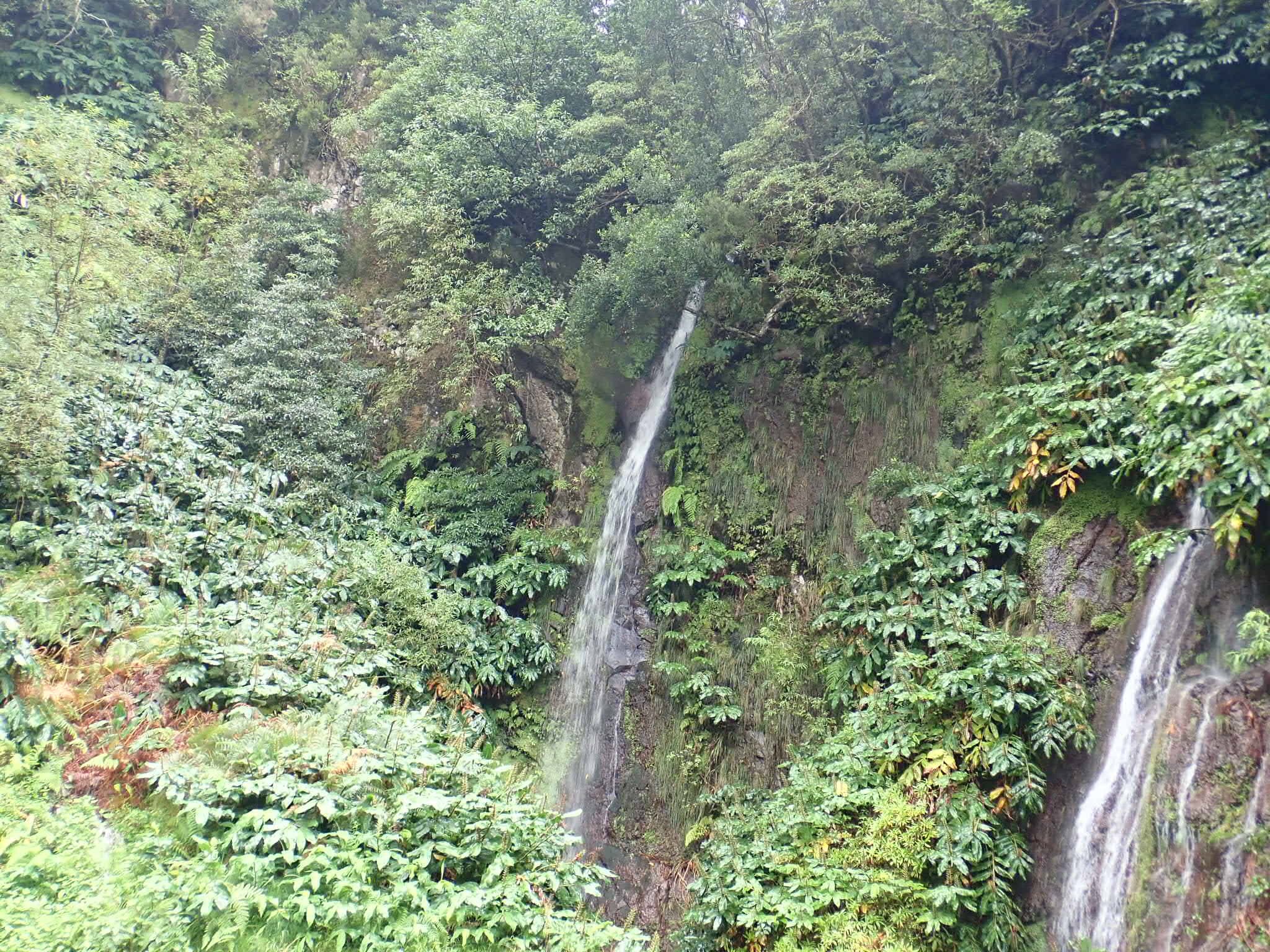
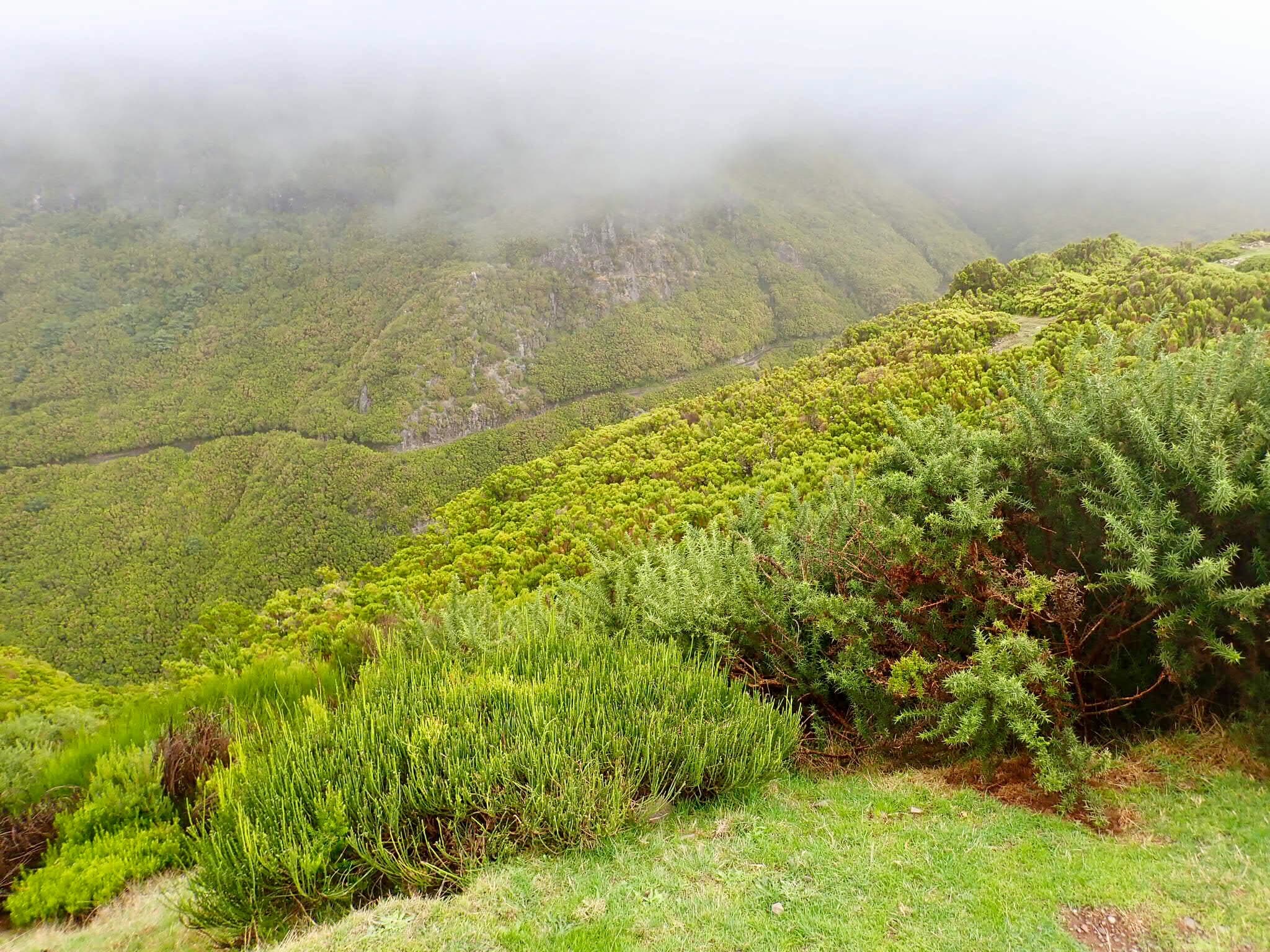
Like the Azores, there are dozens of beautiful trails to hike and places to visit. The only drawbacks are the very limited anchoring possibilities and relatively expensive and crowded marinas. Due to the flow of transient yachts visiting Madeira enroute to the ARC, (Atlantic Rally For Cruisers) it was difficult to find safe places to moor Oh! and there are only 2 relatively exposed anchorages as alternatives.
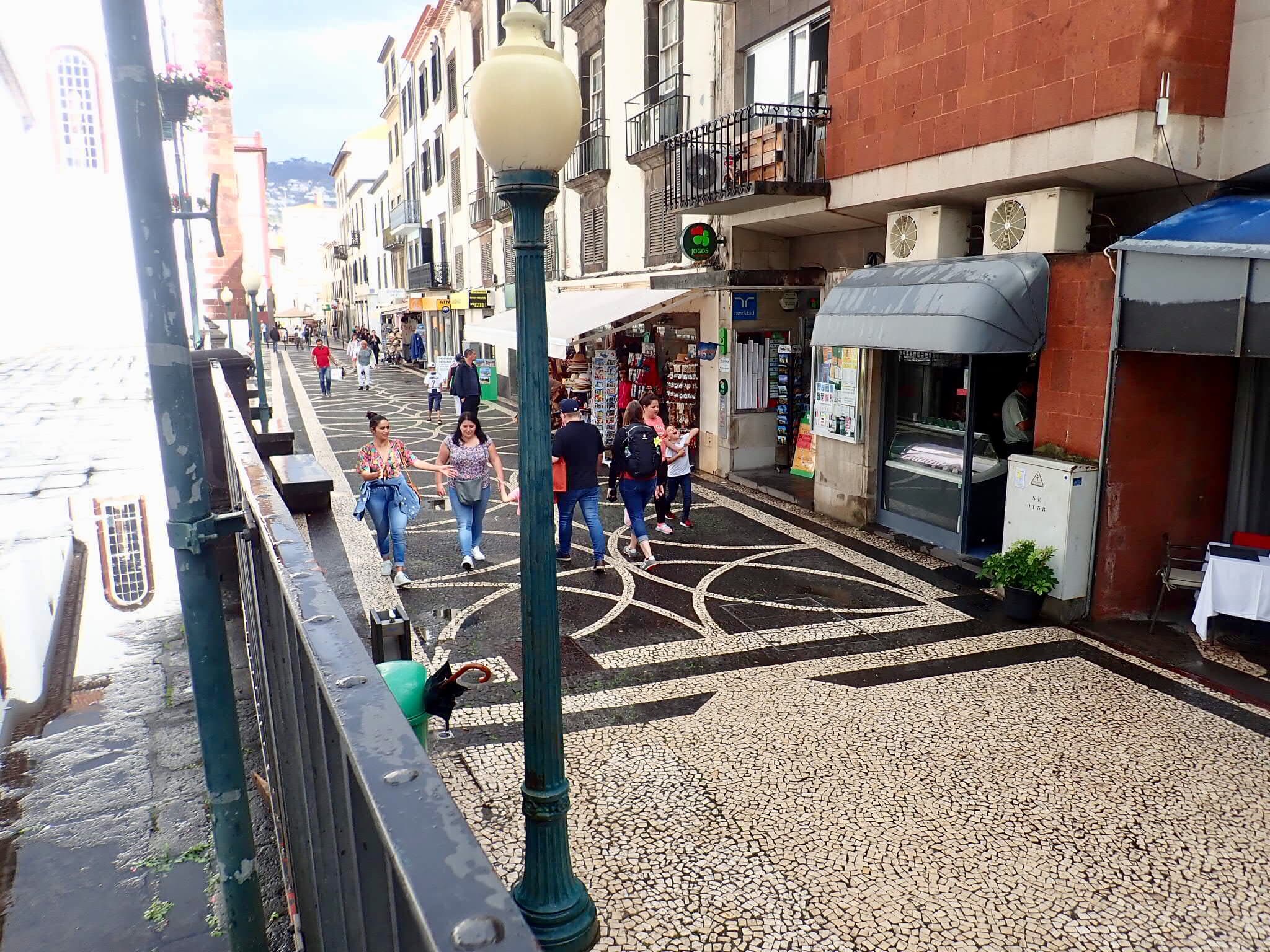
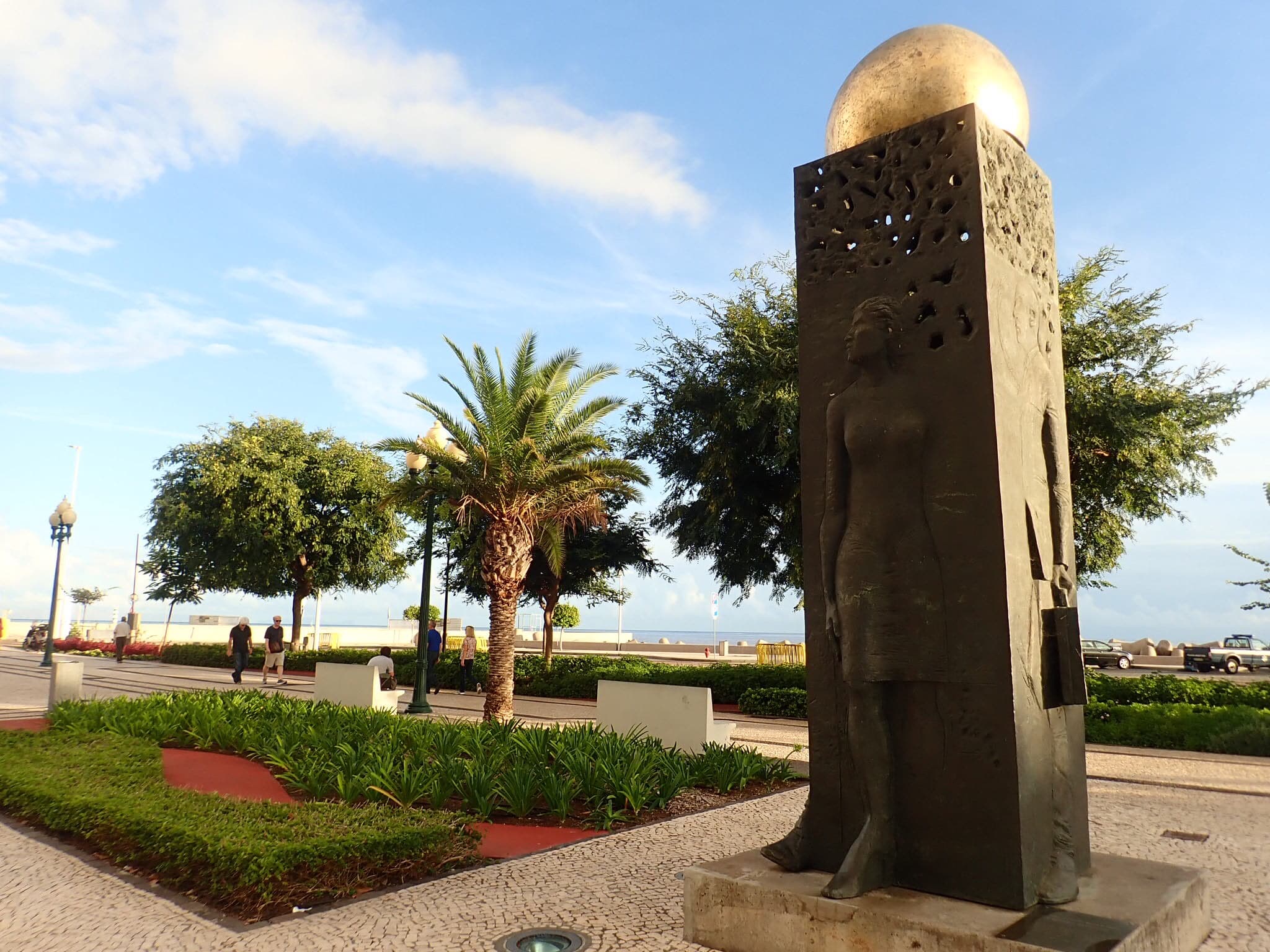
The capital of Funchal is one of the most beautiful cities I have seen. The old city center is full of historic buildings, white and black hand laid mosaic stone streets, sculptures, botanical gardens, parks, cafes and a harbour front promenade filled with gardens and art. On our last night there, Greg and Tim discovered a restaurant and cafe district with dozens of theme restaurants. It was fascinating to stroll the small pedestrian alleys filled with open air seating, music, and paintings decorating the walls and doorways.
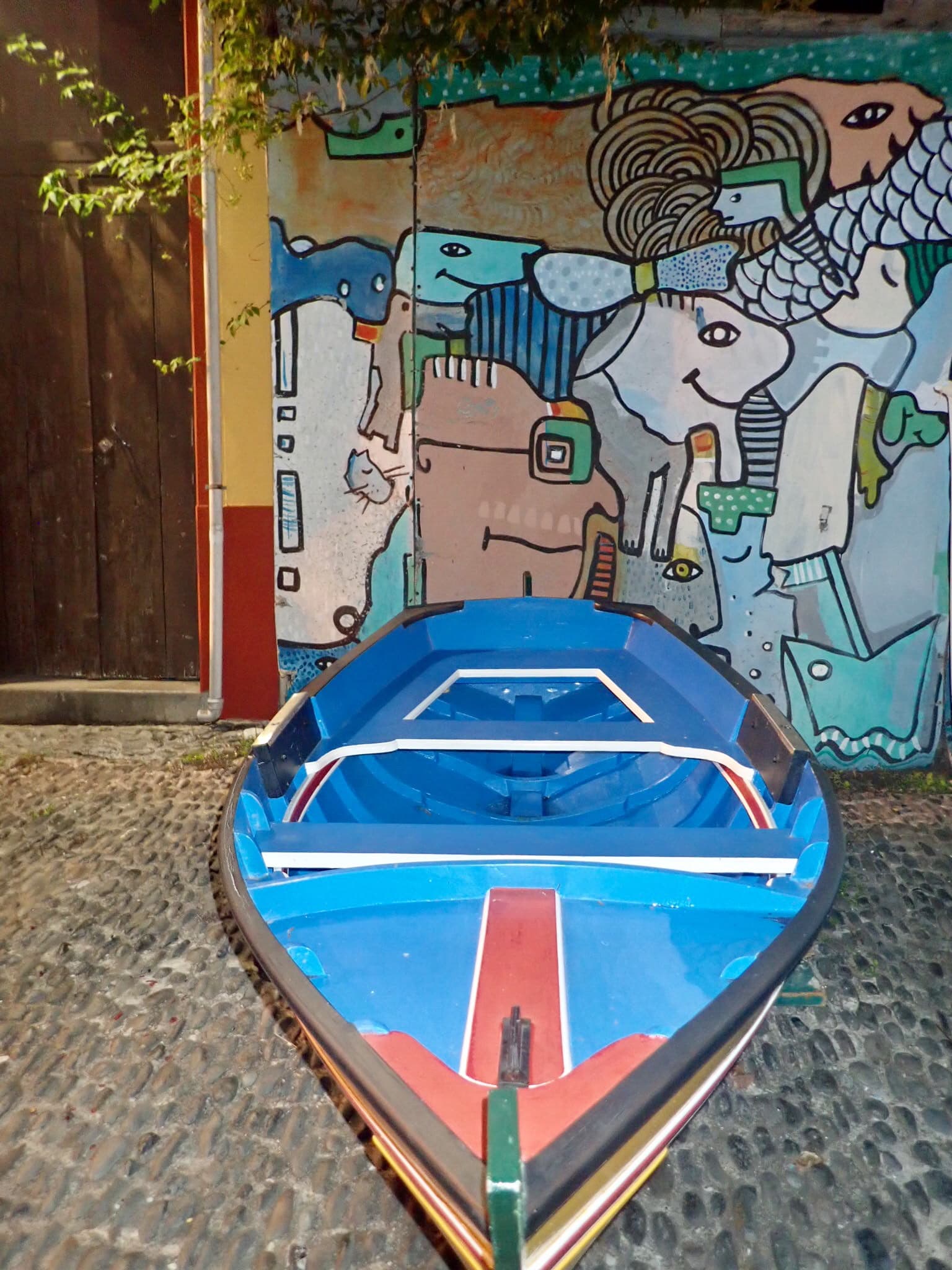
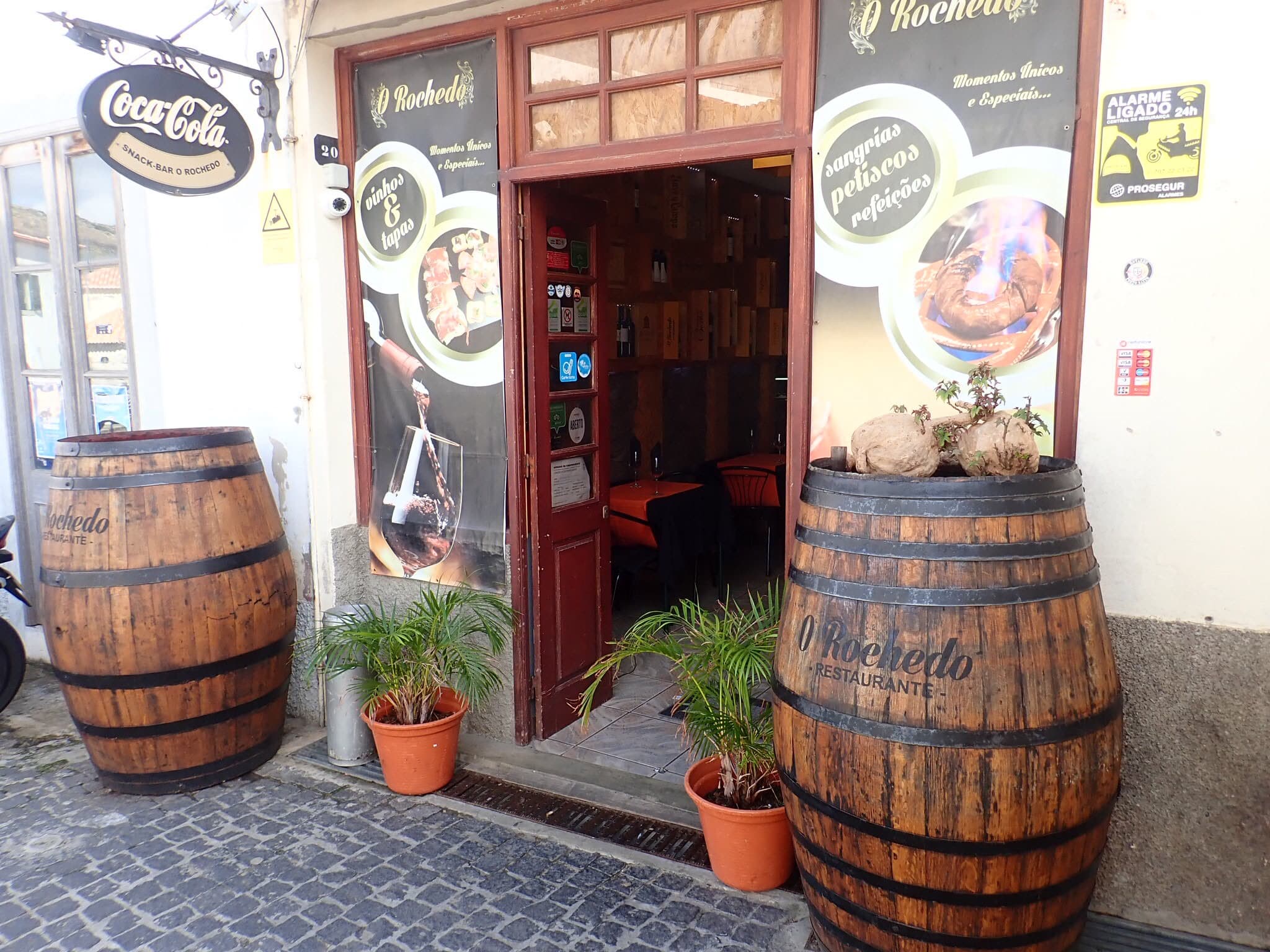
It was a smorgasbord of fine dining, attractive bars, bakeries and cafe’s at every turn. The kind of place and experience that just keeps drawing you deeper in, not wanting to stop until you see it all. A person could spend a summer just trying a different venue every evening and still not exhaust the kaleidoscope of offerings. I am not a fan of eating out – but I must admit this area fascinated me and even I thoroughly enjoyed the evening’s dining out. If ever back in Funchal, I will definitely plan for a full day to just explore and enjoy the cafes and restaurants in the Rua De Santa Maria area.
The Market in Funchal was also a highlight. Filled with colourful flowers, fruit, spices, local produce and intriguing shops. The venders offered us samples of their many varieties of passion fruit and fruits we had never seen before. It was a learning and culinary treat made even more memorable by the friendly venders we encountered at every stall.
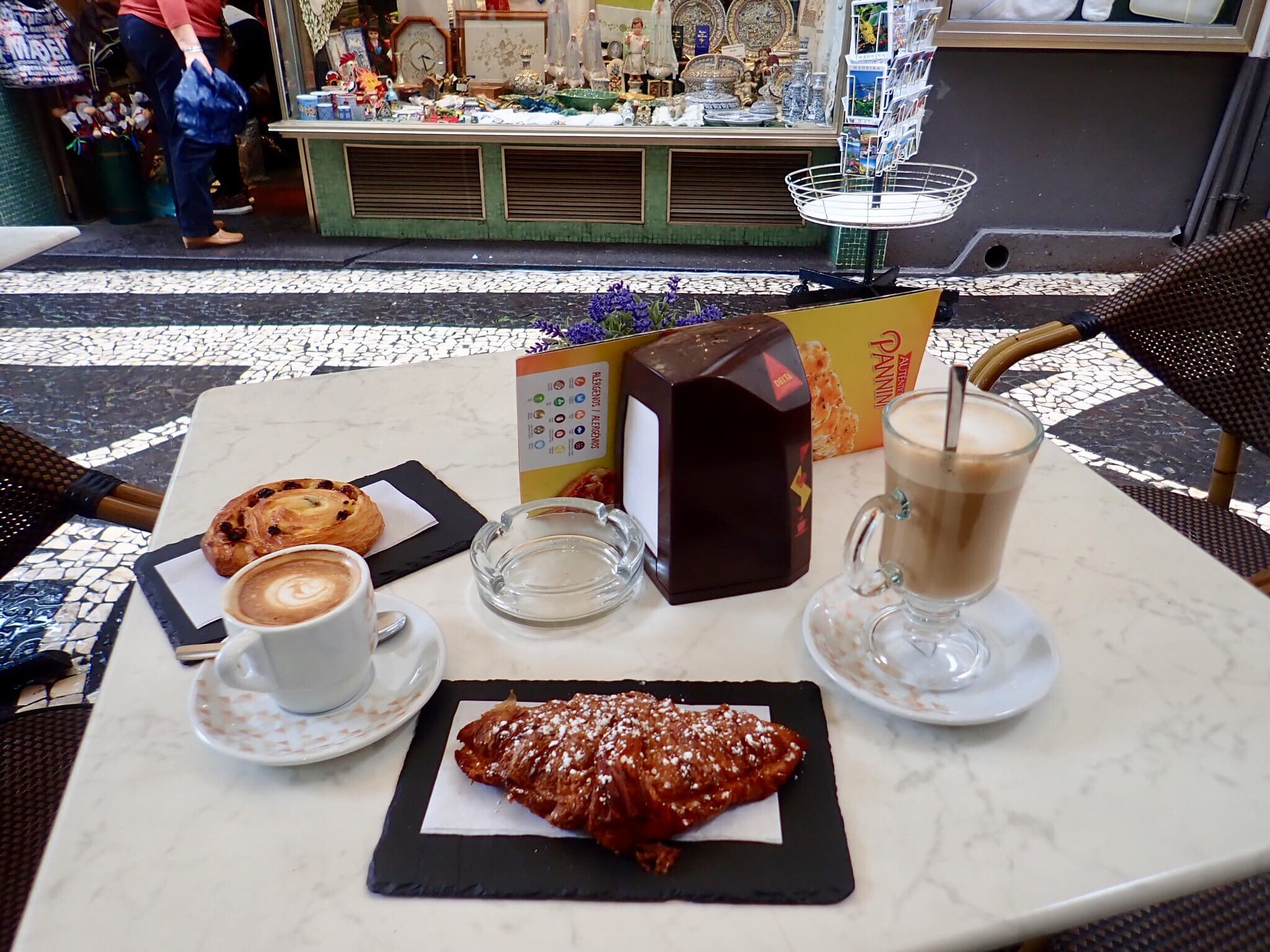
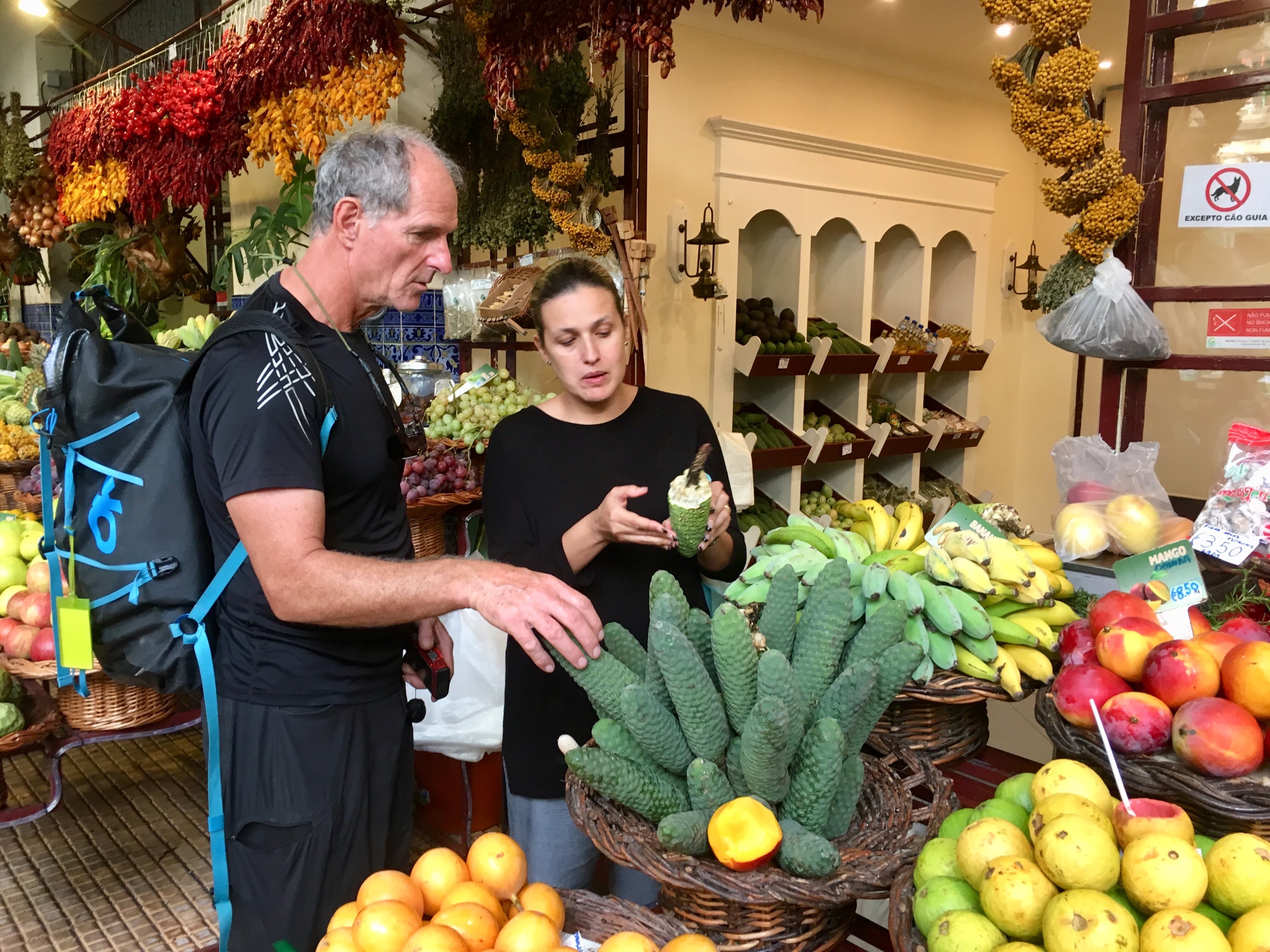
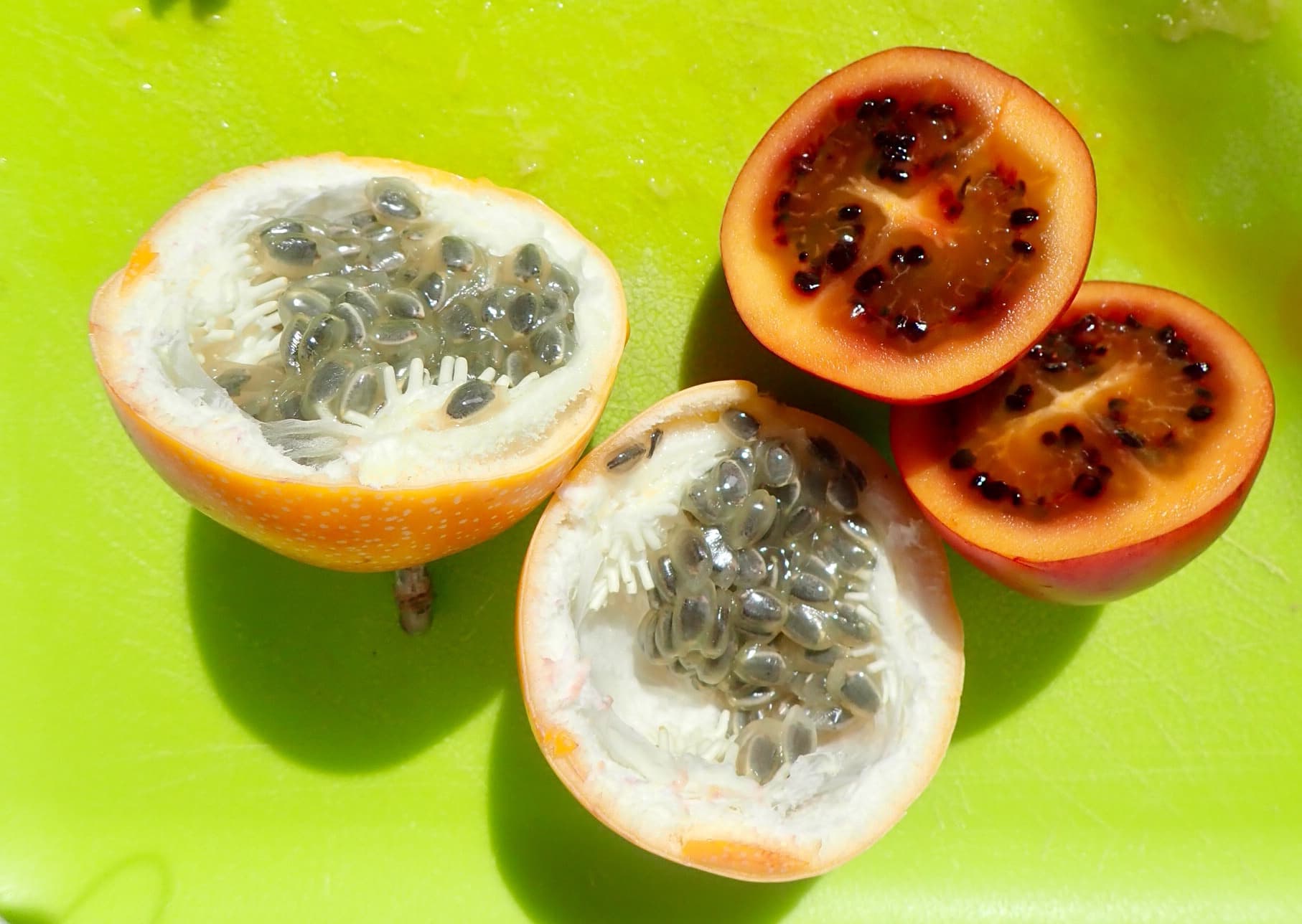
Our stay at Madeira was short, only 7 days that have left us wanting to see more of this beautiful island. After our night out, the next morning we had to bid farewell to Funchal and Madeira island. Tim and Greg have flights home from the Canary Island of Lanzarote, so we had to start moving.
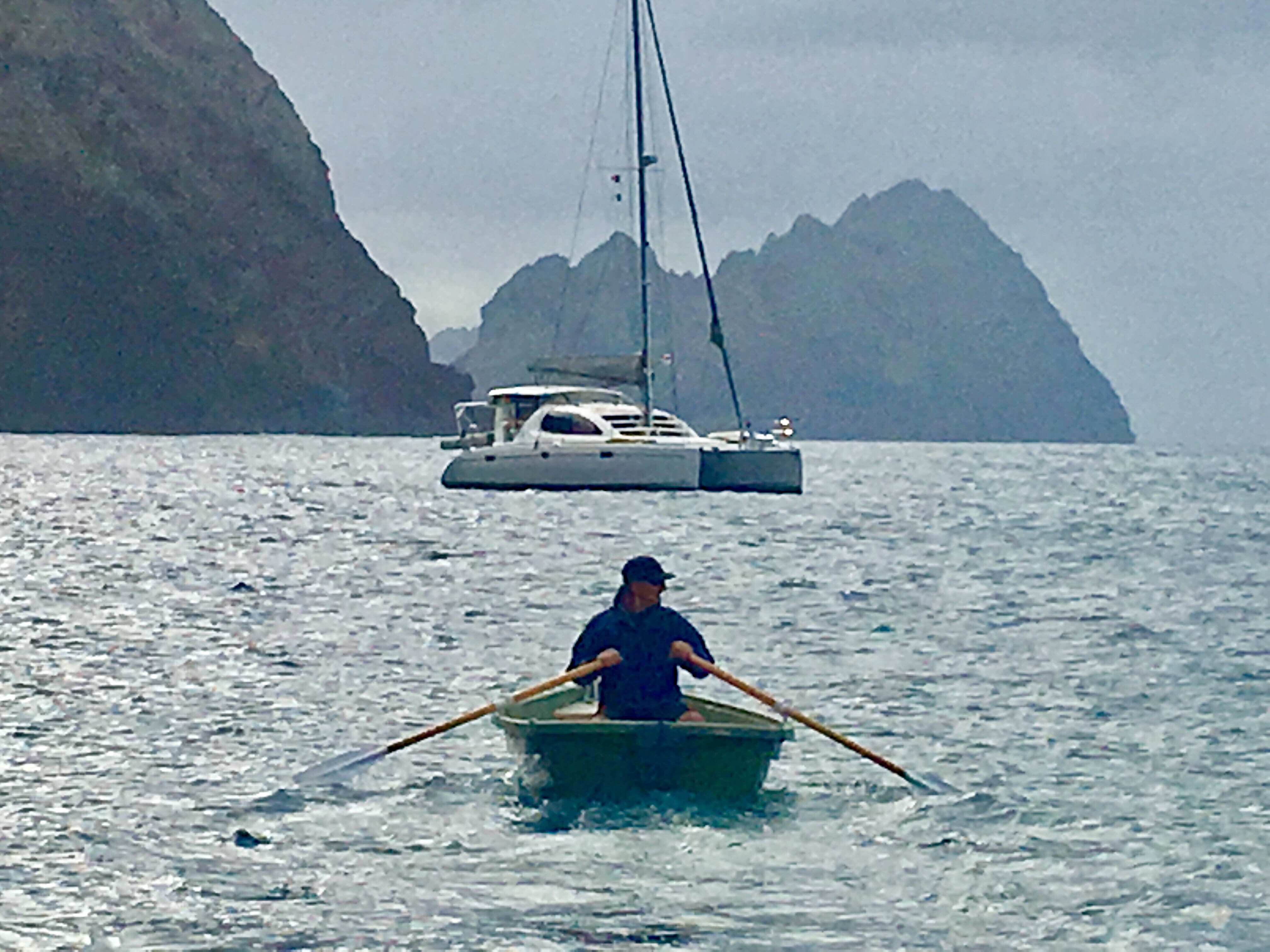
First stop – Ilhas Desertas, a group of three elongated barren islands that are deserted, except for the Parc Reserve Wardens at Chão da Doca. Once again we were given a graphic lesson in local geography and climate, or more simply put, height is everything when it comes to being an island. The Desertas’ Islands have steep cliffs and flat tops that receive almost no moisture. They are barren and rocky. The many stages of volcanism and erosion that formed the Islands created stunning examples of the “art of nature” that was so prominently displayed along the cliff faces.
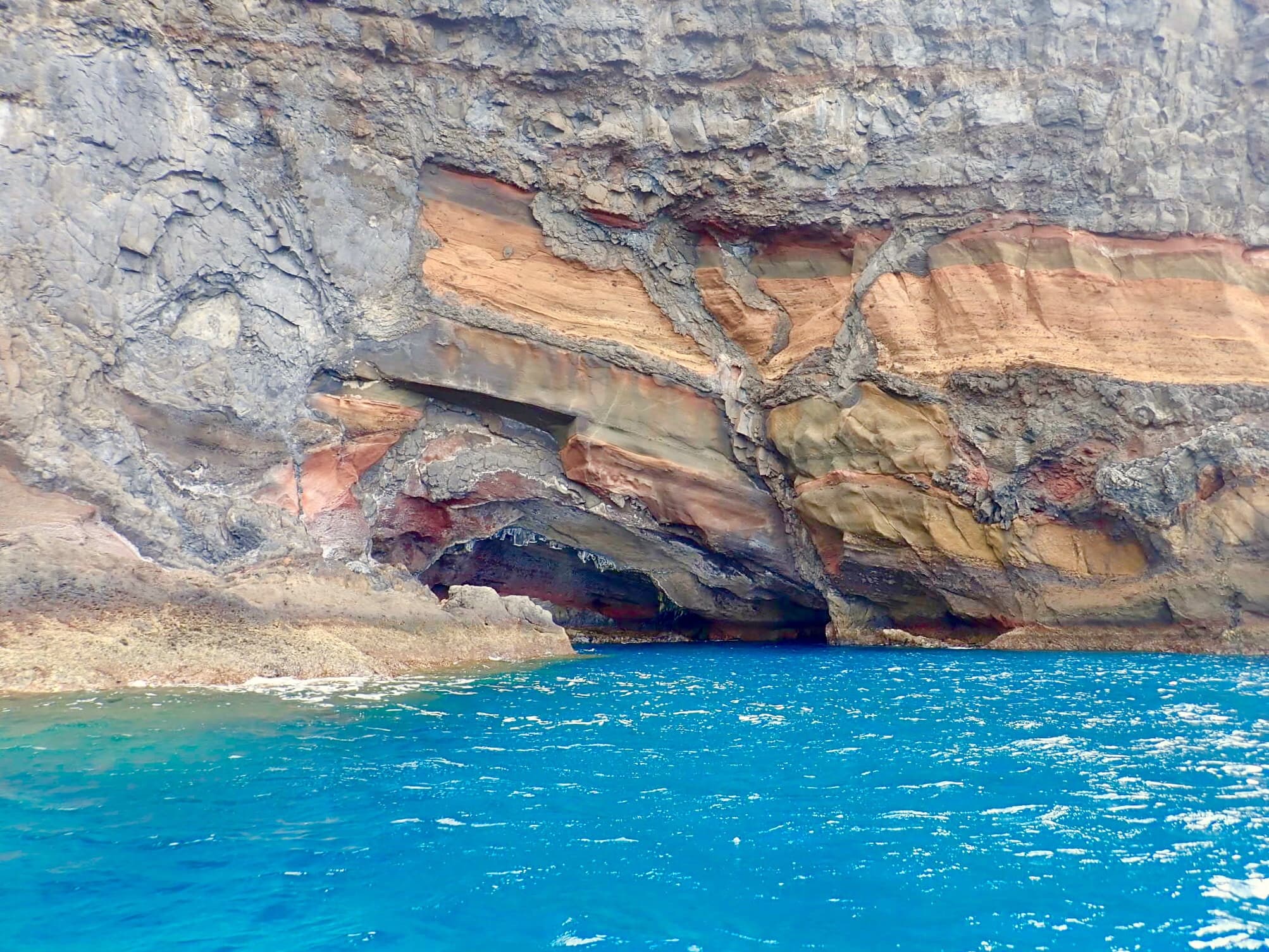

Colours of black, greys, browns, reds and the infrequent green highlights from the hardy foliage that managed to survive on these rocky shores and ledges, created giant murals that looked like works of art. Nature’s sculptures and colours that were even more spectacular in the warm glow of setting sun. We only stayed for a single afternoon and night, but really enjoyed our stay.
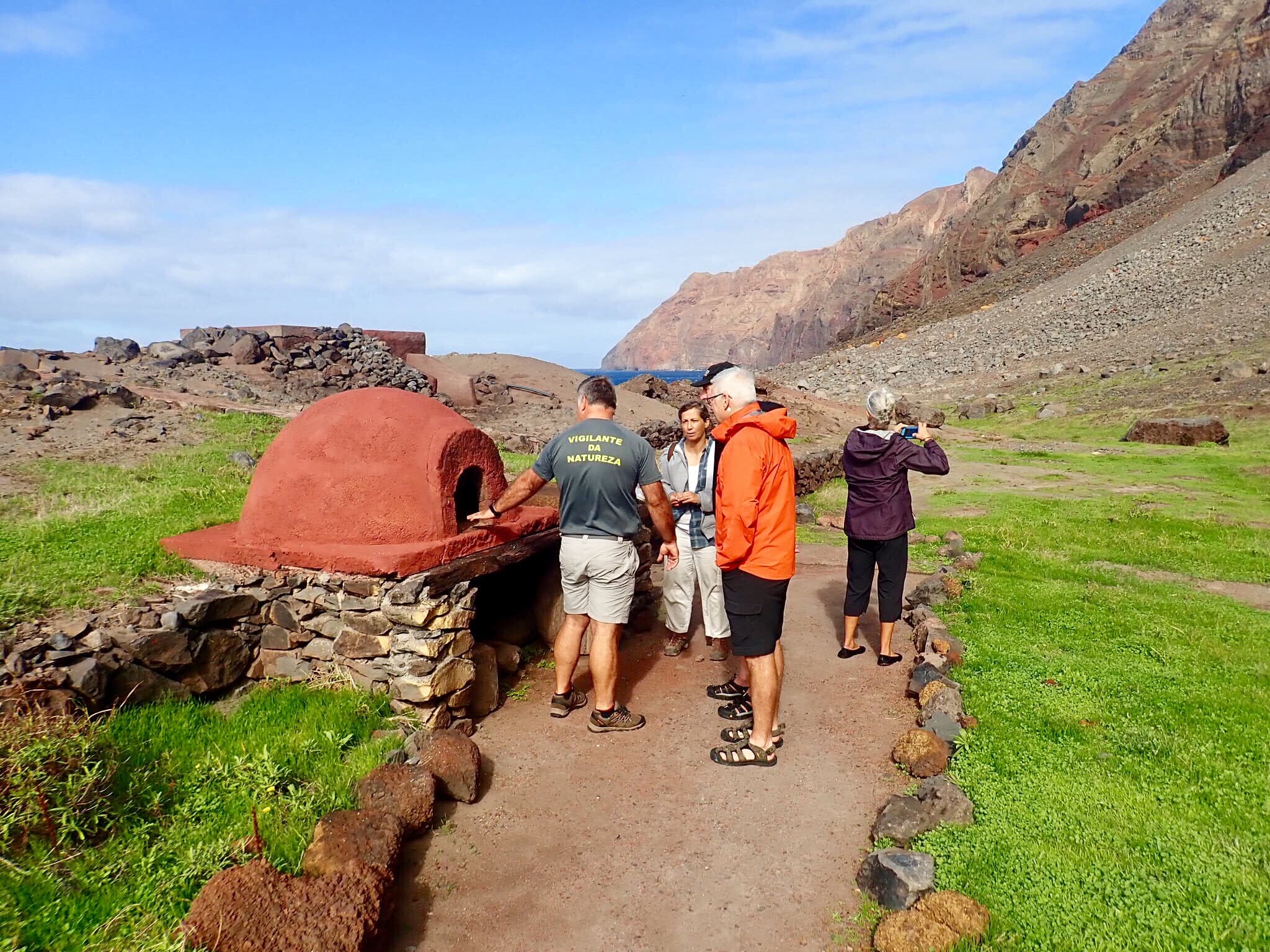
The Park Rangers welcomed us and introduced us to a visiting researcher from Lisbon. Monica was studying the Petrels that are native to the island and spoke excellent English. We had many laughs as she would translate our questions and quirky sense of humour to the park warden as we walked around the interpretive trail on the small Fajã their buildings were built on. A Fajã is any flat, or some what flat area that can be built on. In the Azores and Madeira’s it would be rare to find a Fajã that was not built on.
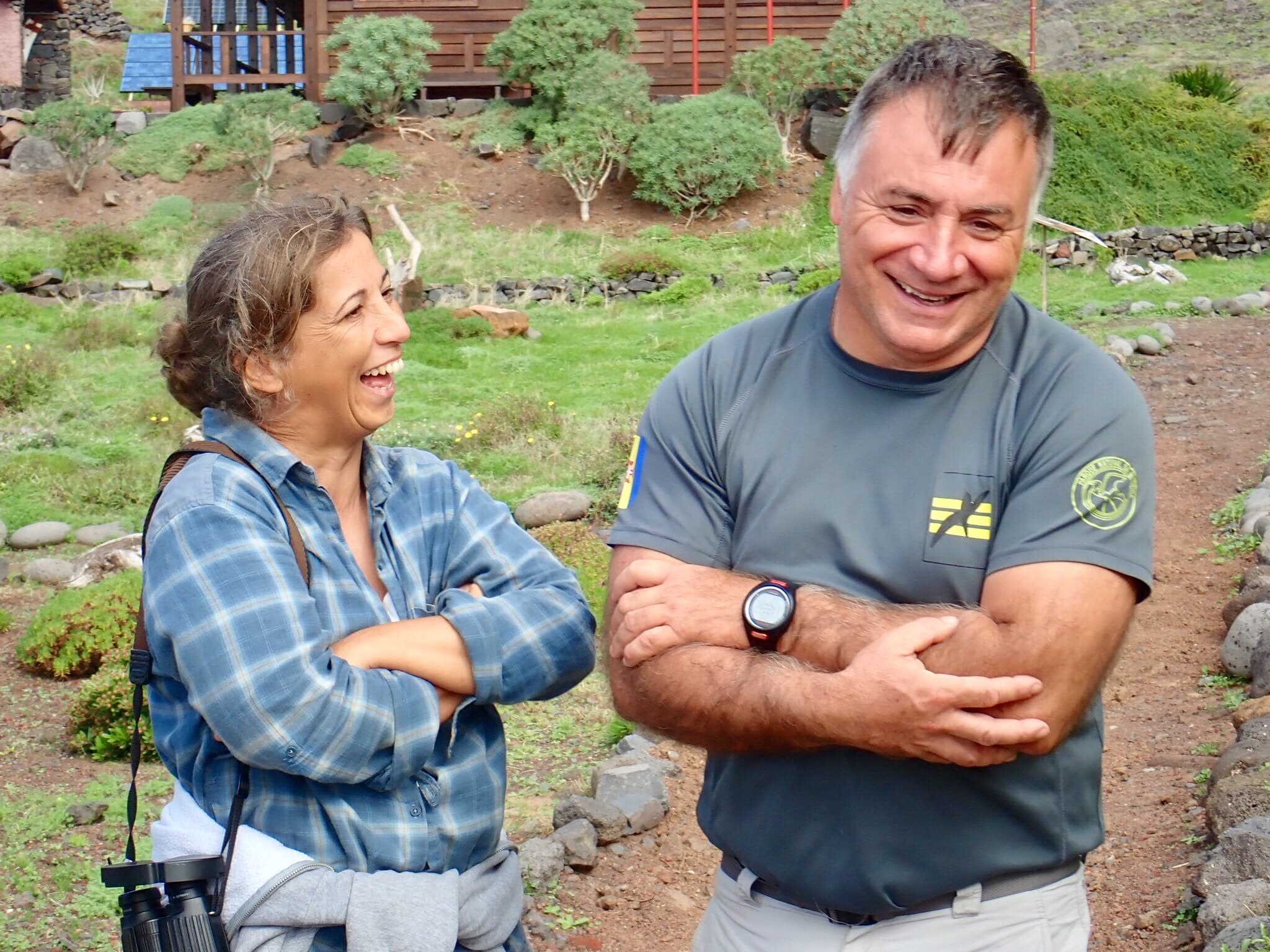
Monica gave us a tour of the restricted area that visitors were allowed to explore and talked about the work she did and the efforts being made to preserve the endangered species on and around the island. There is a lot more to these “deserted“ islands than meets the eye. In addition to the beautiful volcanic geology, there are several endemic species of Petrels, lizards, endangered Monk seals and even a tarantula that call these islands their only home. We enjoyed several hours ashore learning about the islands, chatting with Monica and Carlos about life as rangers on the island. We talked about their two to three week shifts, as well as the flora and fauna they protect and study. The bay we anchored in was barely large enough for two boats, but offered surprisingly good protection from the winds that accelerate down the steep coast of the island and ocean swell that wraps around the north end. Even still, it was a lively night with wind singing in the rigging.
The next day was a leisurely breakfast, then noon departure for the 150 nmi overnight sail to the Ilhas Selvagens. Our departure was timed so that we would arrive shortly after sunrise. This small group of islets with many rocks and submarine hazards are the last of the Portuguese islands we would be visiting before entering Spain on the Canary Islands.


The Ilhas Selvagens, literally savage islands, are two small islands, the largest is just 1 square mile. Each is surrounded by several very small islets and many rocks. Once again there is very limited anchorage available and there is only a small outpost housing the Park Wardens and Maritime Police presence on the islands. The entire area out to the 200 m depth contour is a Natural Reserve. It was a wonderful surprise on arrival to radio the island and learn they had a good mooring ball that we could tie to. The Selvagens islands are well known for poor holding in rocky anchorages.
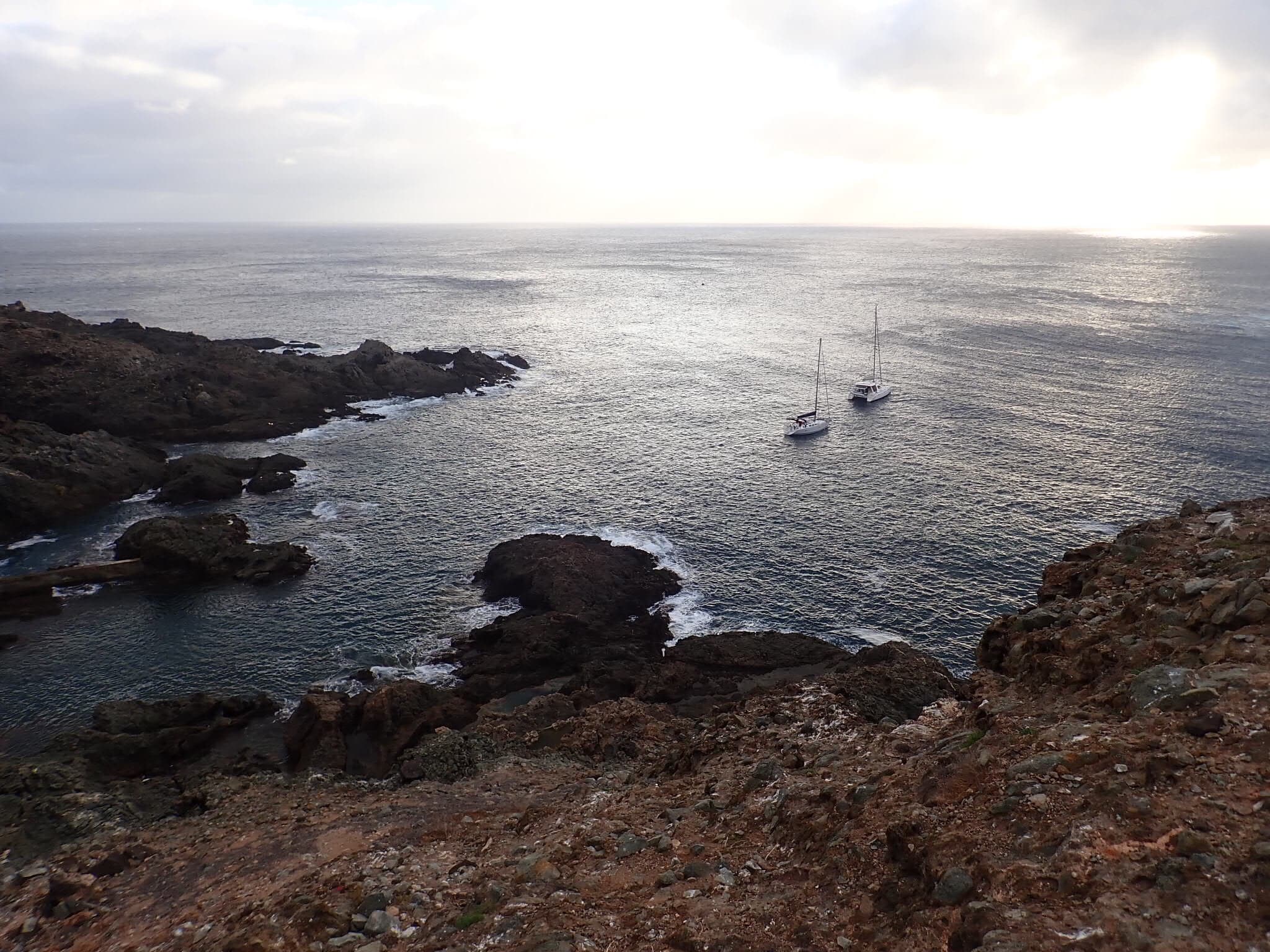
The second welcome sight was to see just one other boat in the small bay. The winds that descend down the steep cliffs swirl and fan in the little bay so any more than 2-3 boats would be pretty tight. Despite 2-2.5 m waves crashing all around the island, this little bay provided good protection from the strong NE winds and swell we currently had, but it would be plain ugly in anything else. With partially clouded skies reflecting grey seas, brisk winds, big waves and steep cliffs all around us, it had a very remote and isolated feel.
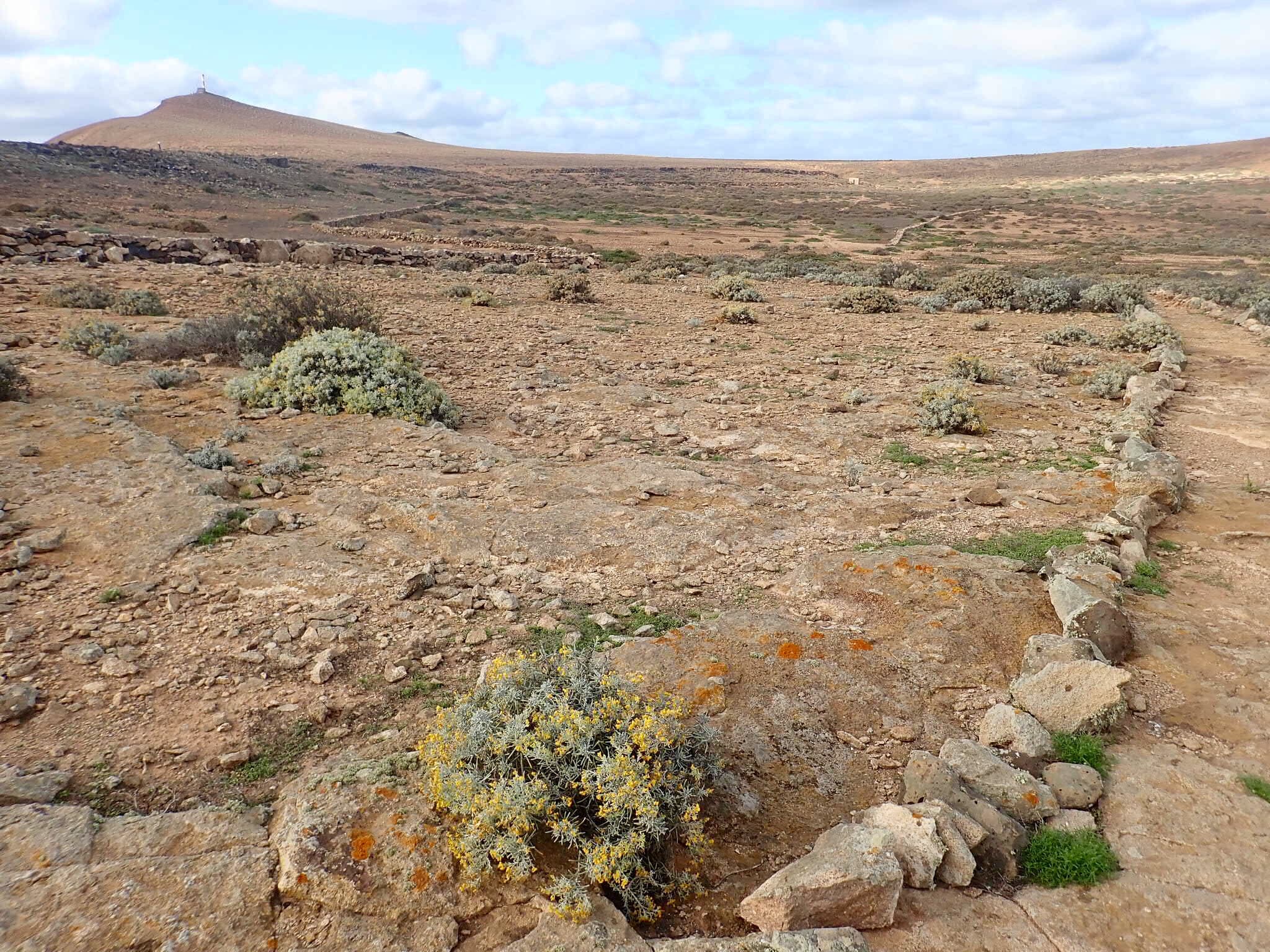
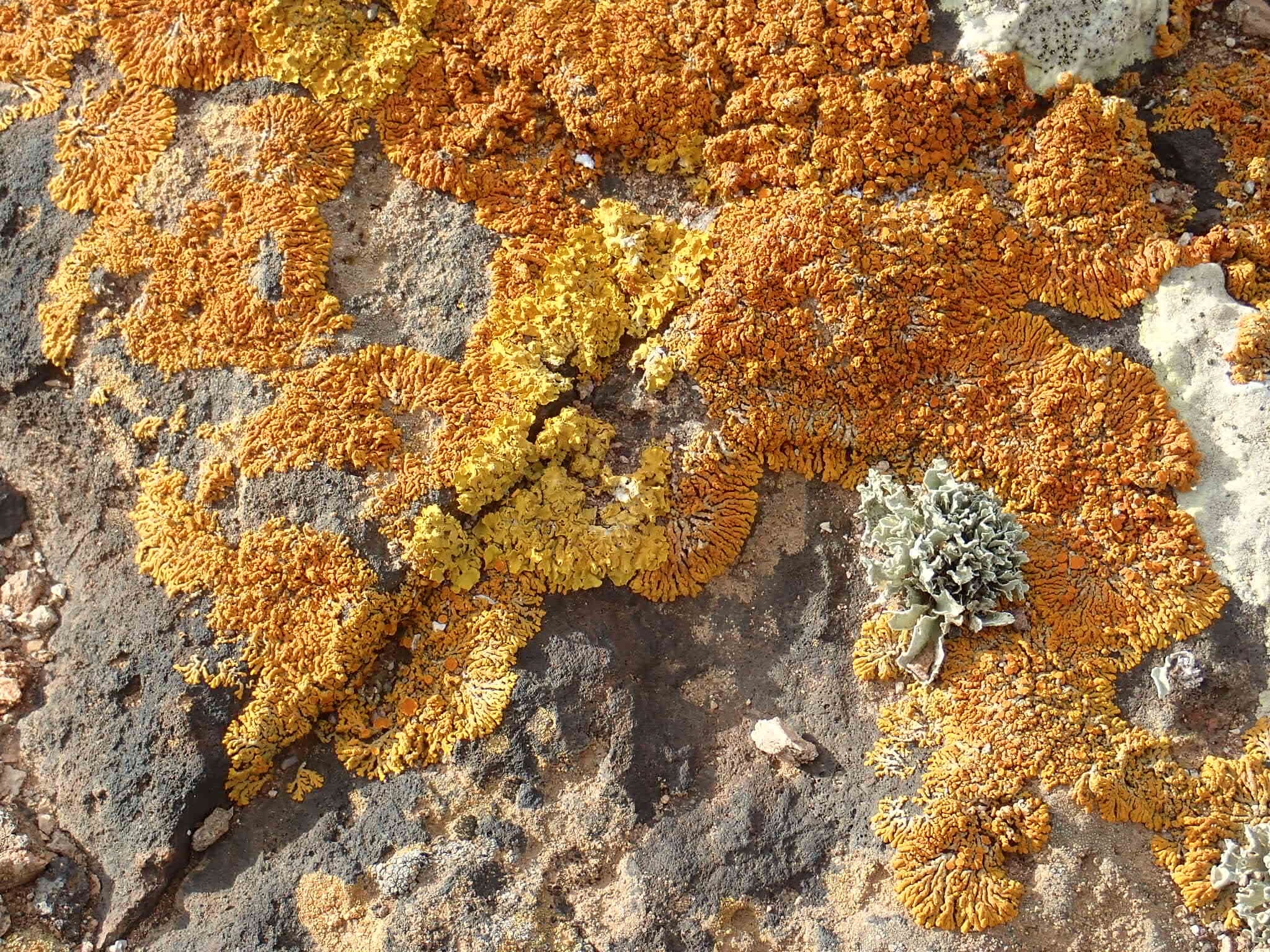
As with every island in the Azores and Madeira’s, we had to check in. Once the formalities were completed we were once again offered a guided tour by the Vigilante da Natureza’s (Park Rangers) of Selvagem Grande. The hike took us up the steep cliffs to the plateau above where long ago French settlers had made a futile attempt to colonize the island. All that remains are several miles of perfectly straight rock walls that divided up the plateau among the settlers. With essentially no natural water catchment areas and low relief, their dreams were dashed and the island eventually passed into the hands of a single owner. Fascinated with the natural beauty and concerned about the flora and fauna, some of which are endemic to just the Selvagens, he worked with the Portuguese government to protect the islands as a nature reserve and bird sanctuary that was established in the early 1970’s.
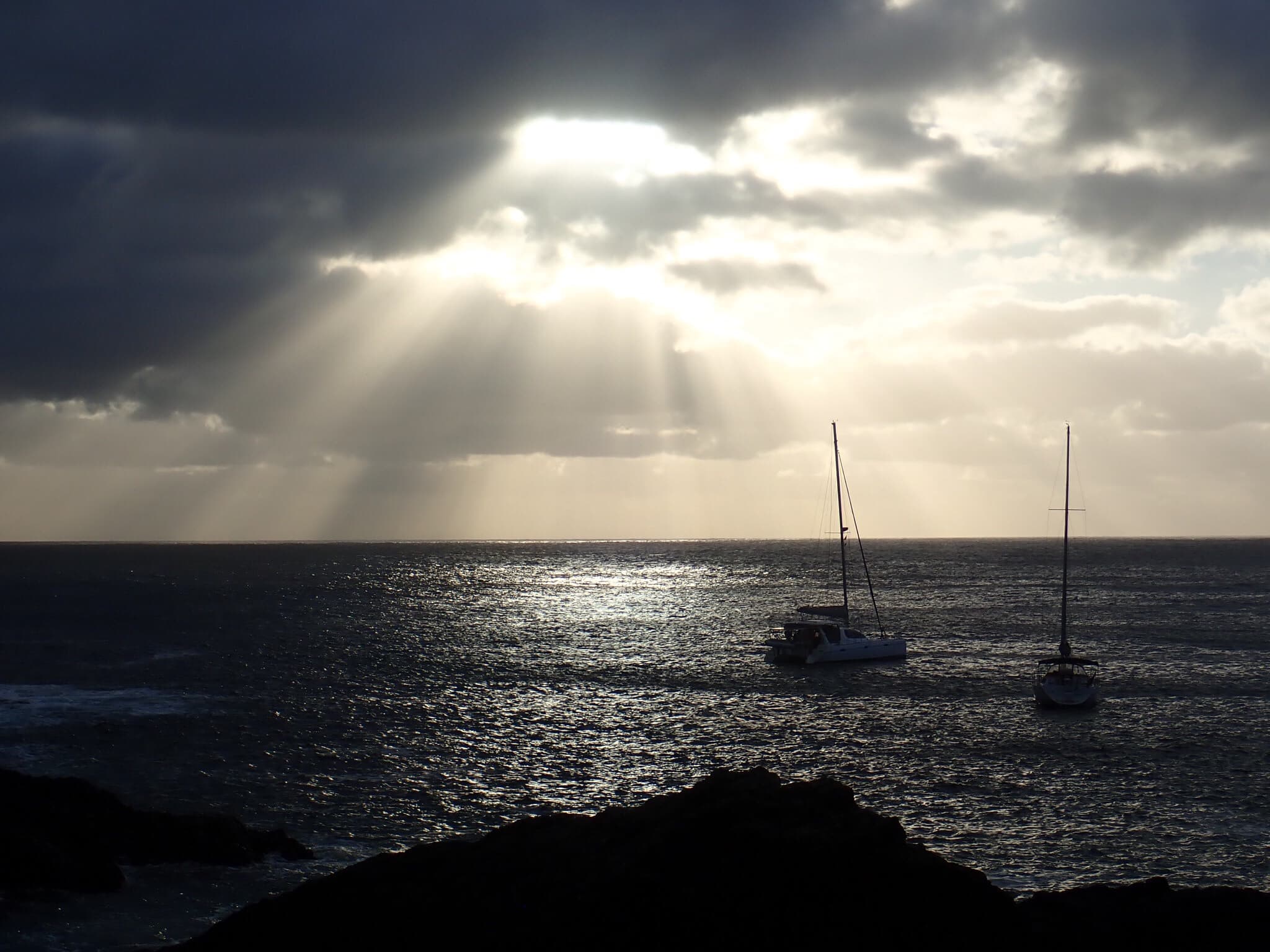
As we finished our tour, the skies were becoming overcast with multiple squalls passing close by to the west. From the high cliffs we were treated to stunning sights of the tiny rugged bay below and sun beams fanning through the clouds on the horizon. The Selvagens are truly a special place, beautiful, isolated and wild.

Our tour lasted several hours and we enjoyed the company of the ranger and a fellow Portuguese yachtsman who visits the island regularly from Funchal in his sloop. In yet another of those fortuitous encounters, he was a maintenance contractor for the highway tunnels built on Madeira Island. A fountain of information, he related the changes the highway system has brought to the island of Madeira. Life before and after the construction of the tunnels and high quality highways was very different for many of the towns and villages outside Funchal. To my surprise, these tunnels that are up to 3.2 km long were drilled, blasted and excavated, they were not built with a boring machine.
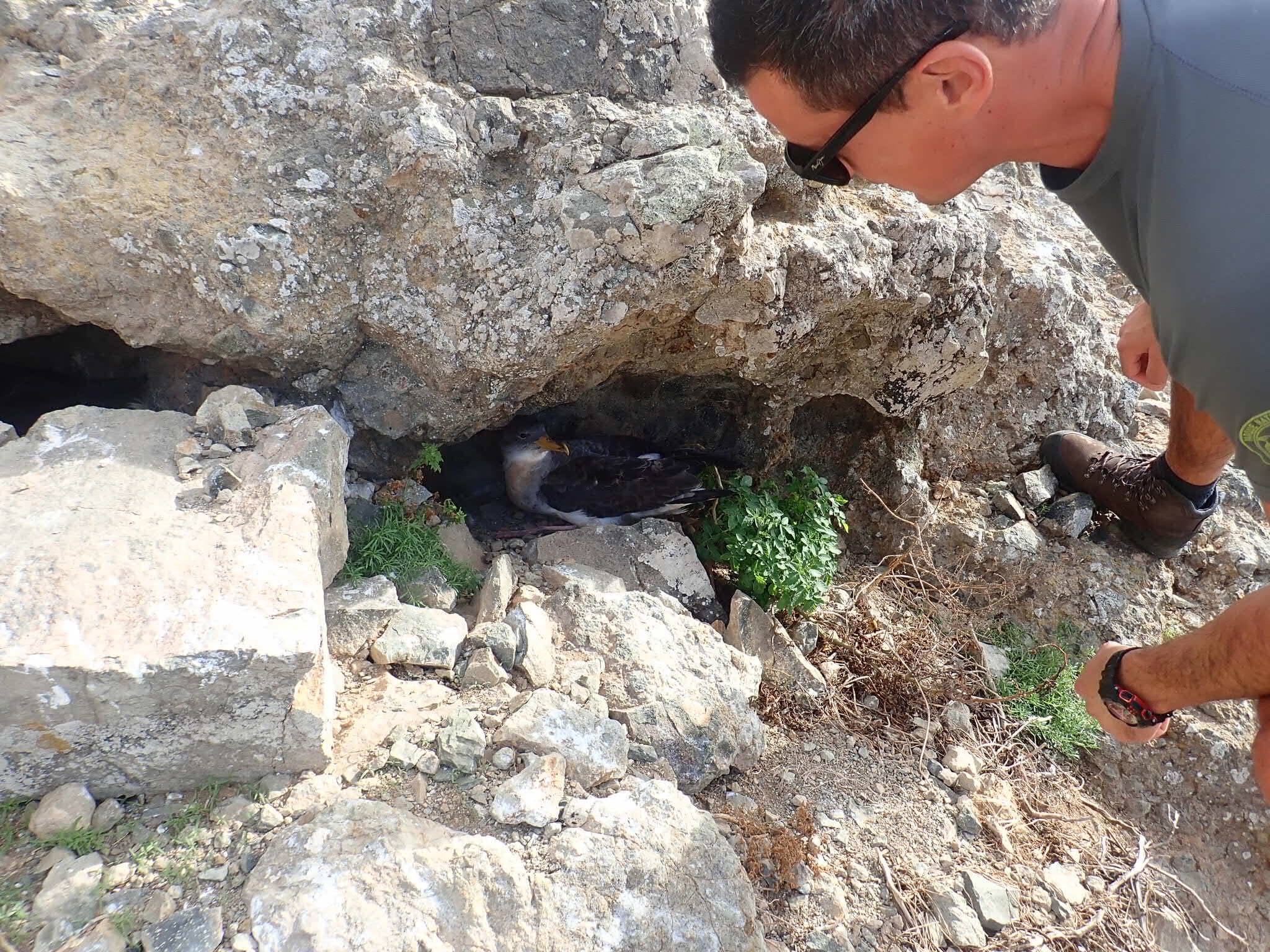
After the hike we decided to stay and enjoy a “quiet” night on the mooring ball before departing for the Canary Islands in the morning. Apparently it was anything but quiet – windy and rolling was the description around the breakfast table – I guess I slept through that part. After a good nights sleep for the captain and a leisurely breakfast, a Scottish cutter we had met in Funchal appeared around the point. Upon looking at our options and theirs, we decided to leave our mooring early so they could take it. They were clearly pleased about our decision relieving them from having to anchor in a bay known for fouled anchors. It would also give them a chance to get some rest after a lumpy passage from Ilhas Desertas without worrying about possibly dragging their anchor in a small bay surrounded by nasty rocks. There is no doubt our paths will cross again before they join the ARC for their Trans-Atlantic voyage in late November.
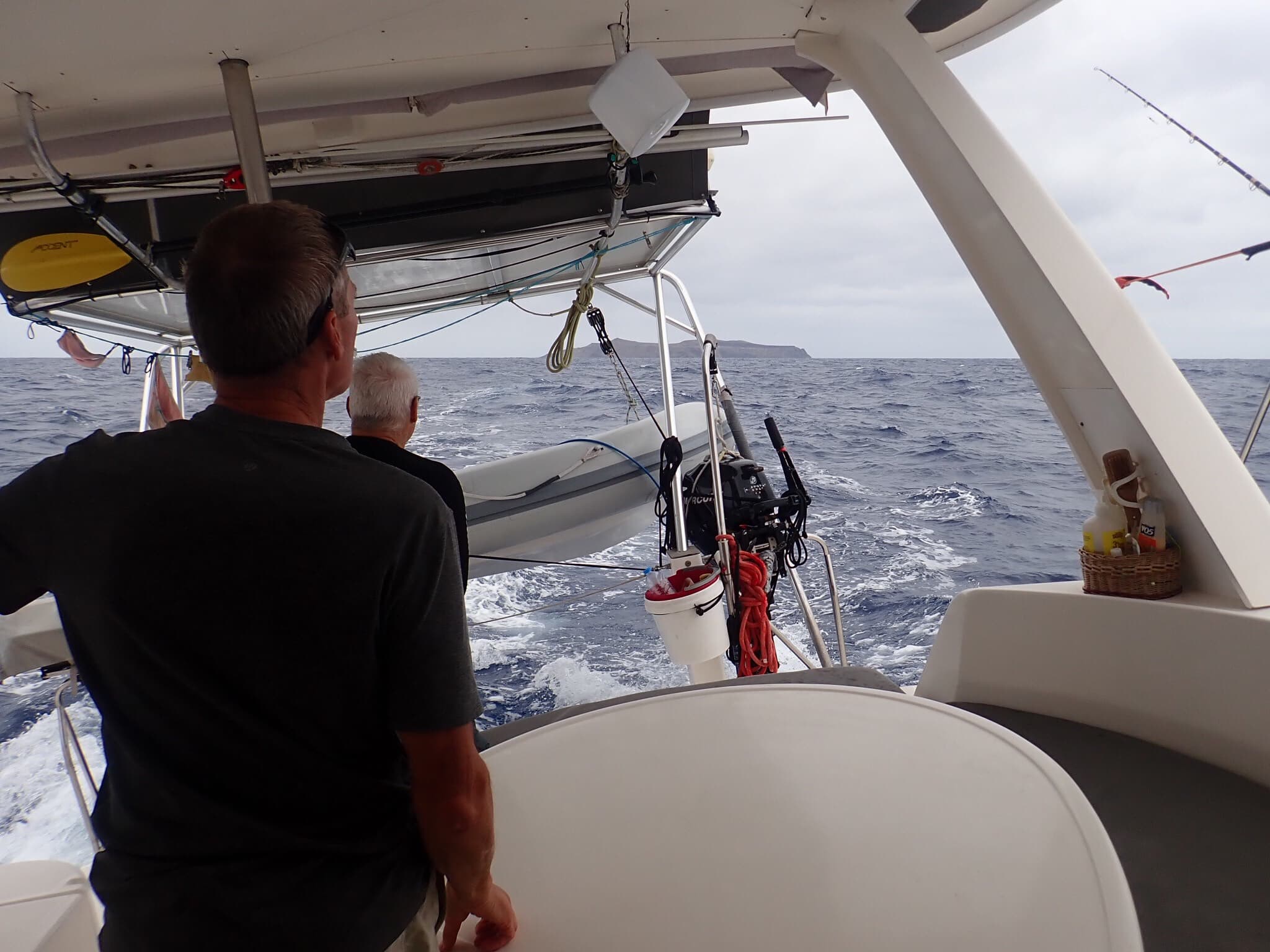
We are now cleared from the Portuguese islands and on our way – next stop, The Canary Islands.
